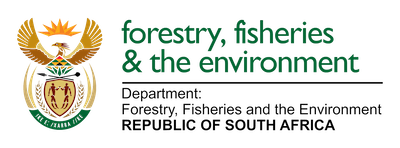
by Ria Olivier | Sep 21, 2020 | Gough Island, Overwintering Team, SA Agulhas II, SANAP, sub-Antarctic, Take-Over Operations, Uncategorised

 Gough Island is located at 40°S, 9°W – 2600 km from East Pier, Cape Town Harbour. (Image above by Christopher Jones currently onthe Island) South Africa has been operating a weather station on Gough Island since 1956. The first overwintering team consists of 4 members , but since then the team structure has developed to include more members. The team consists of a Medical Orderly, Diesel Mechanic, Electrical Engineer and a Communications Engineer. The South African Weather Service(SAWS send a team that consist of a Senior Meteorological Technician and two Meteorological Technicians. The rest of the team is made up of 3 Field assistants of the Royal Society for the Protection of Birds(RSPB). A team leader and deputy team leader are also appointed for the duration of their time.
Gough Island is located at 40°S, 9°W – 2600 km from East Pier, Cape Town Harbour. (Image above by Christopher Jones currently onthe Island) South Africa has been operating a weather station on Gough Island since 1956. The first overwintering team consists of 4 members , but since then the team structure has developed to include more members. The team consists of a Medical Orderly, Diesel Mechanic, Electrical Engineer and a Communications Engineer. The South African Weather Service(SAWS send a team that consist of a Senior Meteorological Technician and two Meteorological Technicians. The rest of the team is made up of 3 Field assistants of the Royal Society for the Protection of Birds(RSPB). A team leader and deputy team leader are also appointed for the duration of their time.
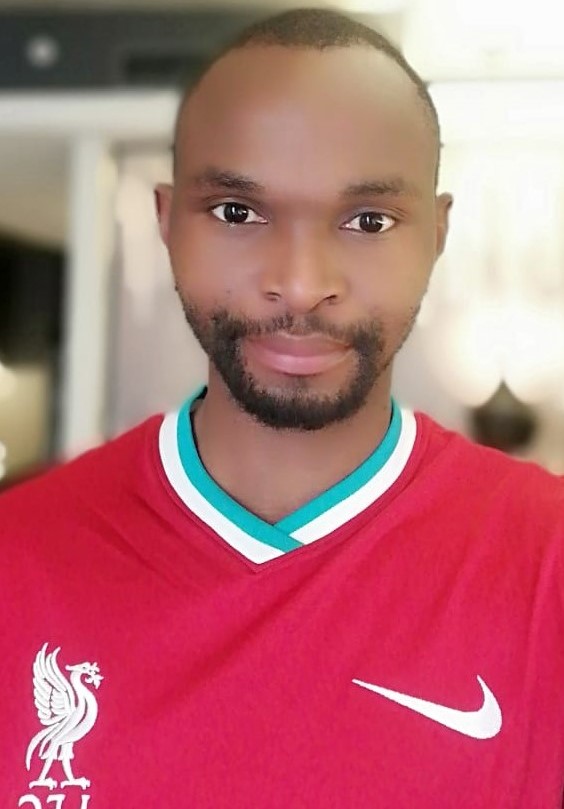
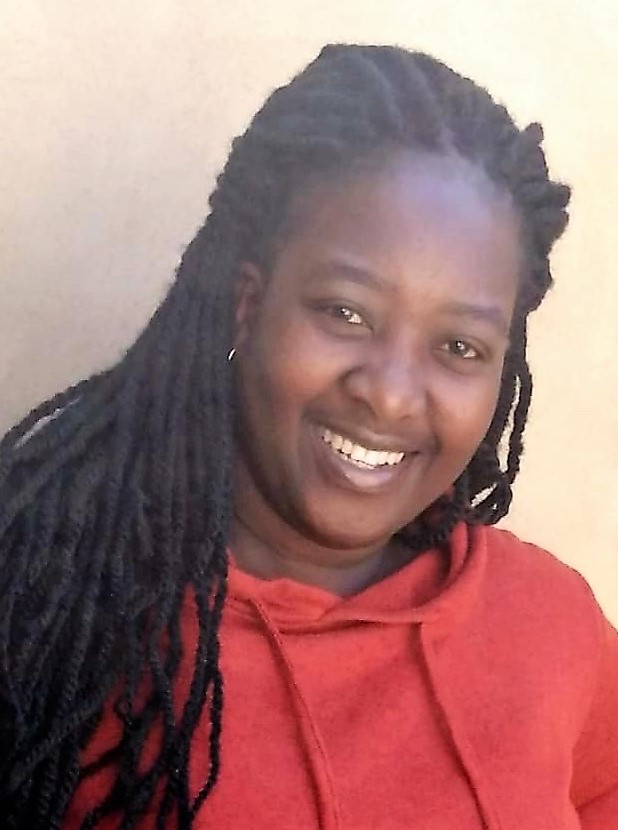

 (Above L-R: Tshimangadzo Jufter(Jay) Munyai – Leader and Electrical Engineer, Catherine(Cathy) Mbazwana – Deputy Leader and Medical Orderly, S’Celo Ndwalane – Diesel Mechanic and Gert Benadé – Communications Engineer)
(Above L-R: Tshimangadzo Jufter(Jay) Munyai – Leader and Electrical Engineer, Catherine(Cathy) Mbazwana – Deputy Leader and Medical Orderly, S’Celo Ndwalane – Diesel Mechanic and Gert Benadé – Communications Engineer)
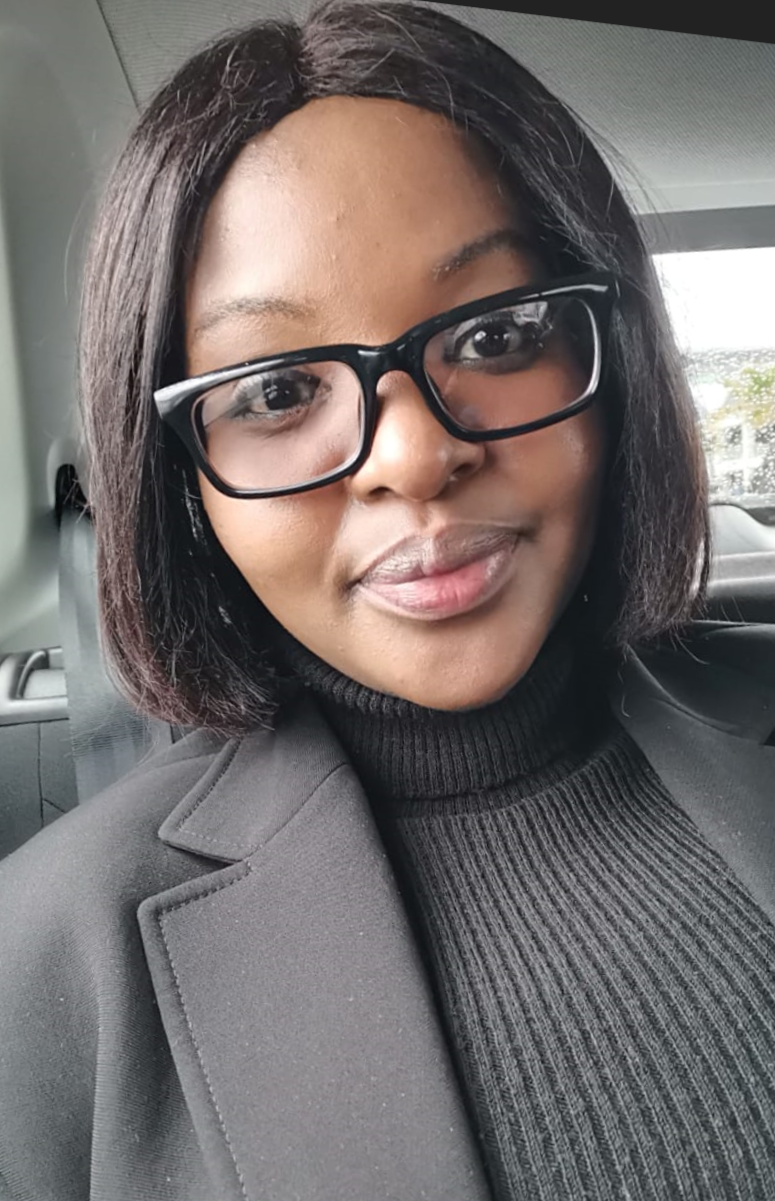
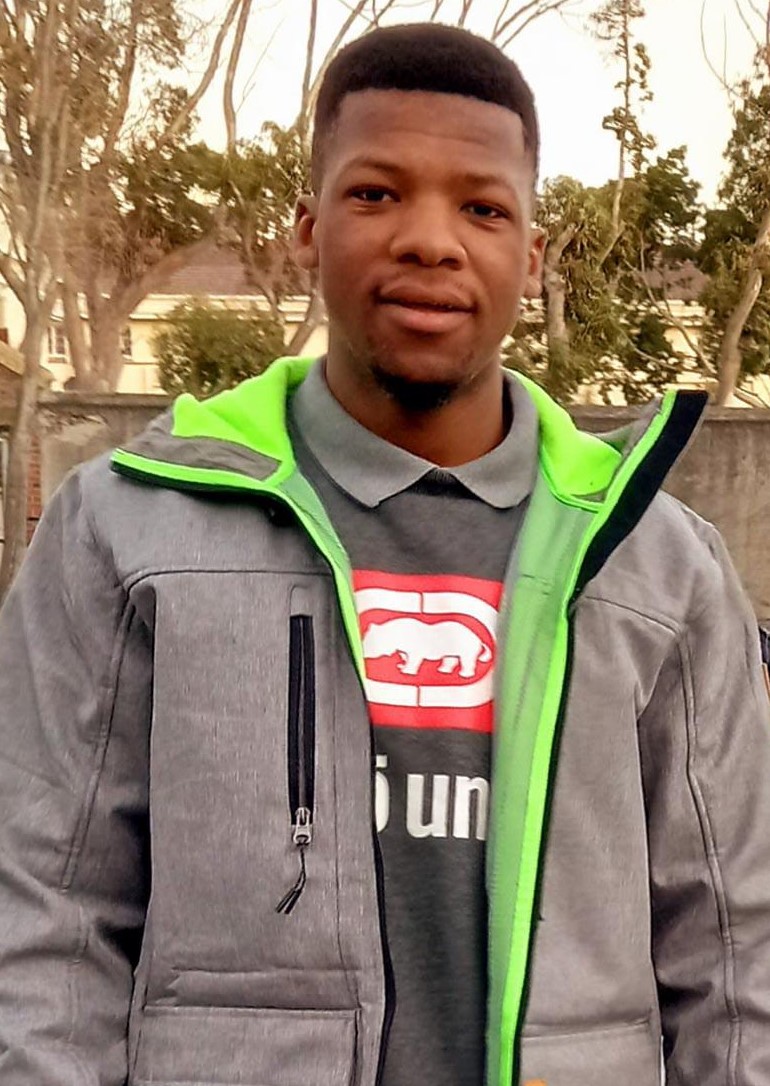
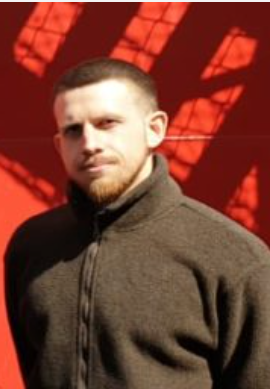 (Above L-R: Zinhle(Zee) Shongwe – Senior Meteorological Technician and Meteorological Technicians (Asa) Somaxaka and Dylan Seaton (of Gough65 staying on for another year)
(Above L-R: Zinhle(Zee) Shongwe – Senior Meteorological Technician and Meteorological Technicians (Asa) Somaxaka and Dylan Seaton (of Gough65 staying on for another year)


 (Above L-R: RSPB field assistants; Vonica Perold, Roelf Daling and Kim Stevens
(Above L-R: RSPB field assistants; Vonica Perold, Roelf Daling and Kim Stevens
 As with Marion77 overwintering team the 2020 annual S.A. Agulhas II relief voyage to Gough Island departed on 19 September 2020 under strict Covid-19 health protocols. In the midst of these protocols and given the clear the Gough 66 made time to be part of South Africa Heritage Celebrations and answered the call by President Ramaphosa and create a video of the #JeruslaemDanceChallenge (have a look on Facebook). Gough will stop at Tristan de Cunha on the way to Gough Island and then Gough 66 will take-over form Gough65
As with Marion77 overwintering team the 2020 annual S.A. Agulhas II relief voyage to Gough Island departed on 19 September 2020 under strict Covid-19 health protocols. In the midst of these protocols and given the clear the Gough 66 made time to be part of South Africa Heritage Celebrations and answered the call by President Ramaphosa and create a video of the #JeruslaemDanceChallenge (have a look on Facebook). Gough will stop at Tristan de Cunha on the way to Gough Island and then Gough 66 will take-over form Gough65
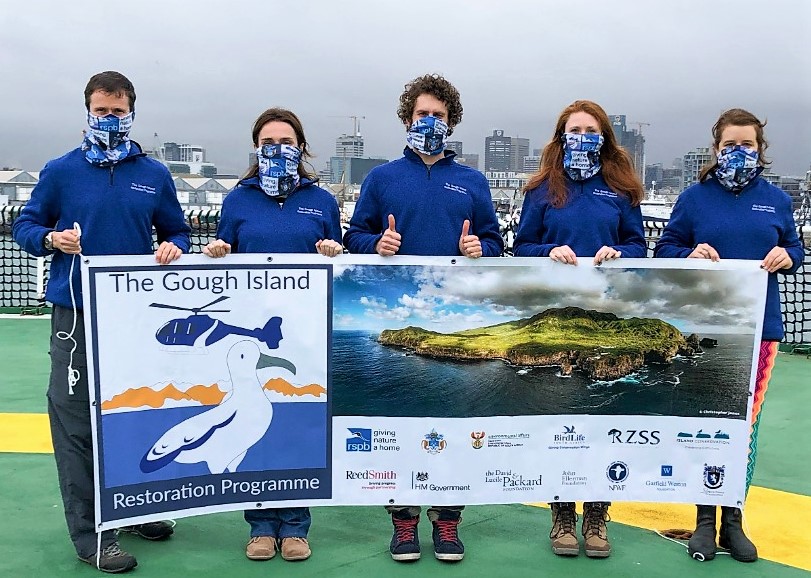 (Above L-R: Richard Hall – Logistics Manager, Vonica Perold, Roelf Daling and Kim Stevens – RSPB Field Asisstants and Nini van der Merwe(BirdlifeSA) with poster of restoration programme. The Gough Island Restoration 2021 also gets underway with the departure of Gough 66. RSPB;” Six months after having made the devastating decision to postpone the 2020 restoration of Gough Island, our team is back in strength and starting to gear up for what we hope will be a 2021 mouse eradication attempt.”
(Above L-R: Richard Hall – Logistics Manager, Vonica Perold, Roelf Daling and Kim Stevens – RSPB Field Asisstants and Nini van der Merwe(BirdlifeSA) with poster of restoration programme. The Gough Island Restoration 2021 also gets underway with the departure of Gough 66. RSPB;” Six months after having made the devastating decision to postpone the 2020 restoration of Gough Island, our team is back in strength and starting to gear up for what we hope will be a 2021 mouse eradication attempt.”
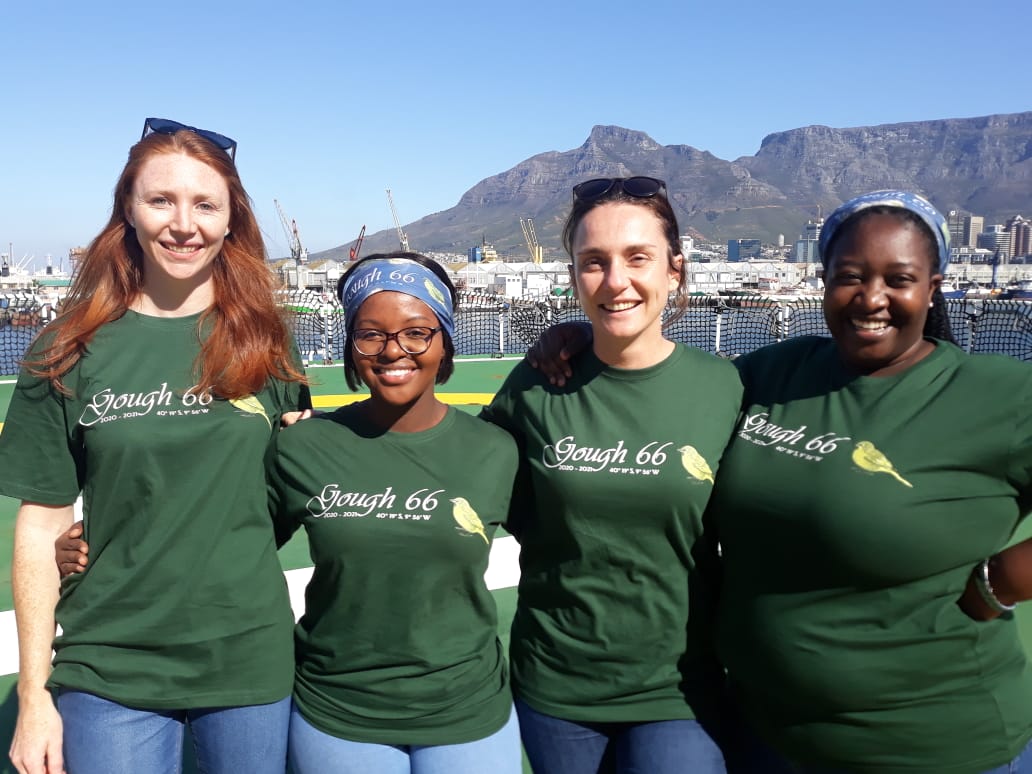

 Above a few preliminary team photos (L-R: girls of 66, Team66, Guys of 66) Follow #GOUGH66 on Twitter @Antarcticlegacy and Facebook
Above a few preliminary team photos (L-R: girls of 66, Team66, Guys of 66) Follow #GOUGH66 on Twitter @Antarcticlegacy and Facebook
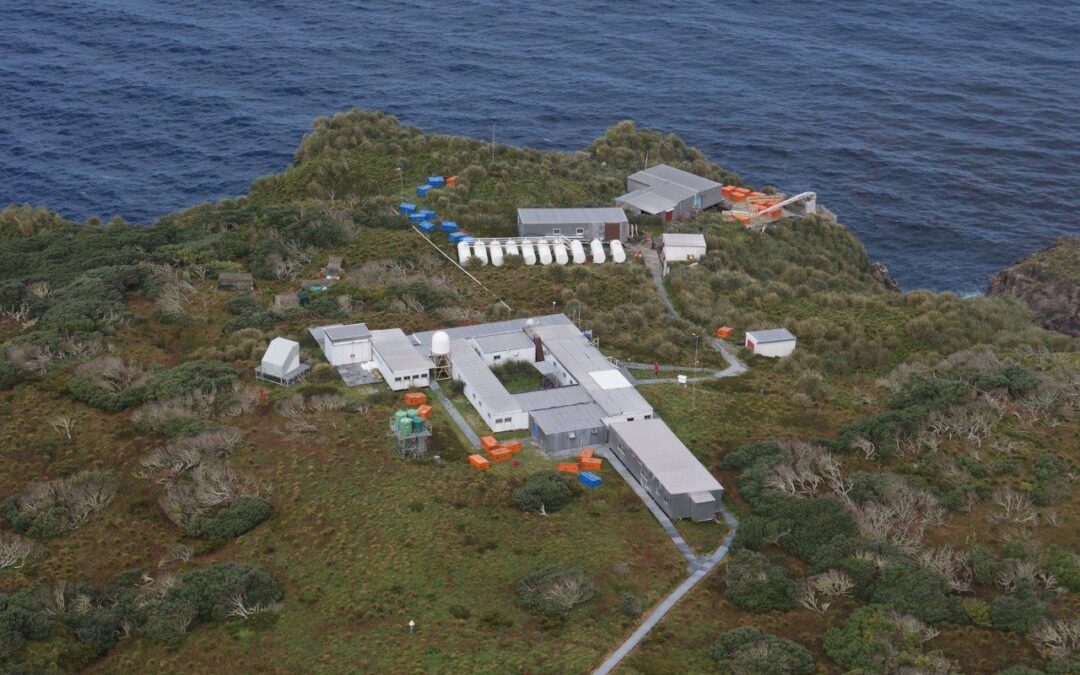
by Ria Olivier | Sep 16, 2020 | Announcement, Gough Island, Overwintering Team, SA Agulhas II, sub-Antarctic, Take-Over Operations, Tristan da Cunha
 Department of Environment Forestry and Fisheries : Media Statement – 15 September 2020 : SA Agulhas II will depart for Gough Island under strict health protocols:
Department of Environment Forestry and Fisheries : Media Statement – 15 September 2020 : SA Agulhas II will depart for Gough Island under strict health protocols:
The 2020 annual SA Agulhas II relief voyage to Gough Island will depart on 17 September 2020 under strict Covid-19 health protocols.
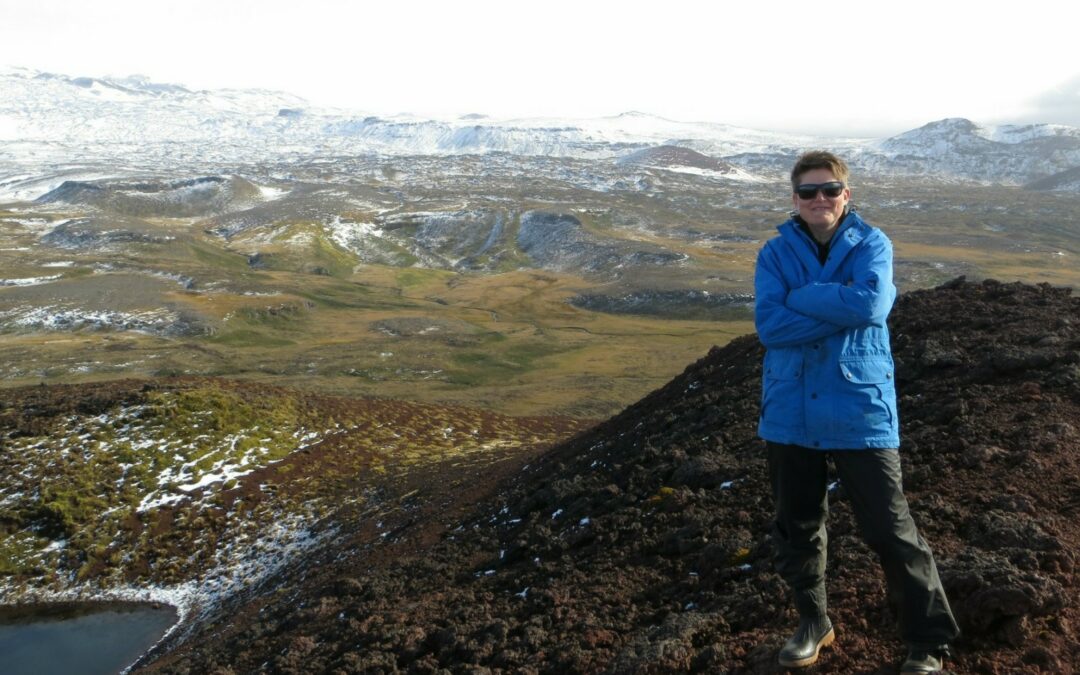
by Ria Olivier | Aug 21, 2020 | Antarctica, Gough Island, Marion Island, SANAP
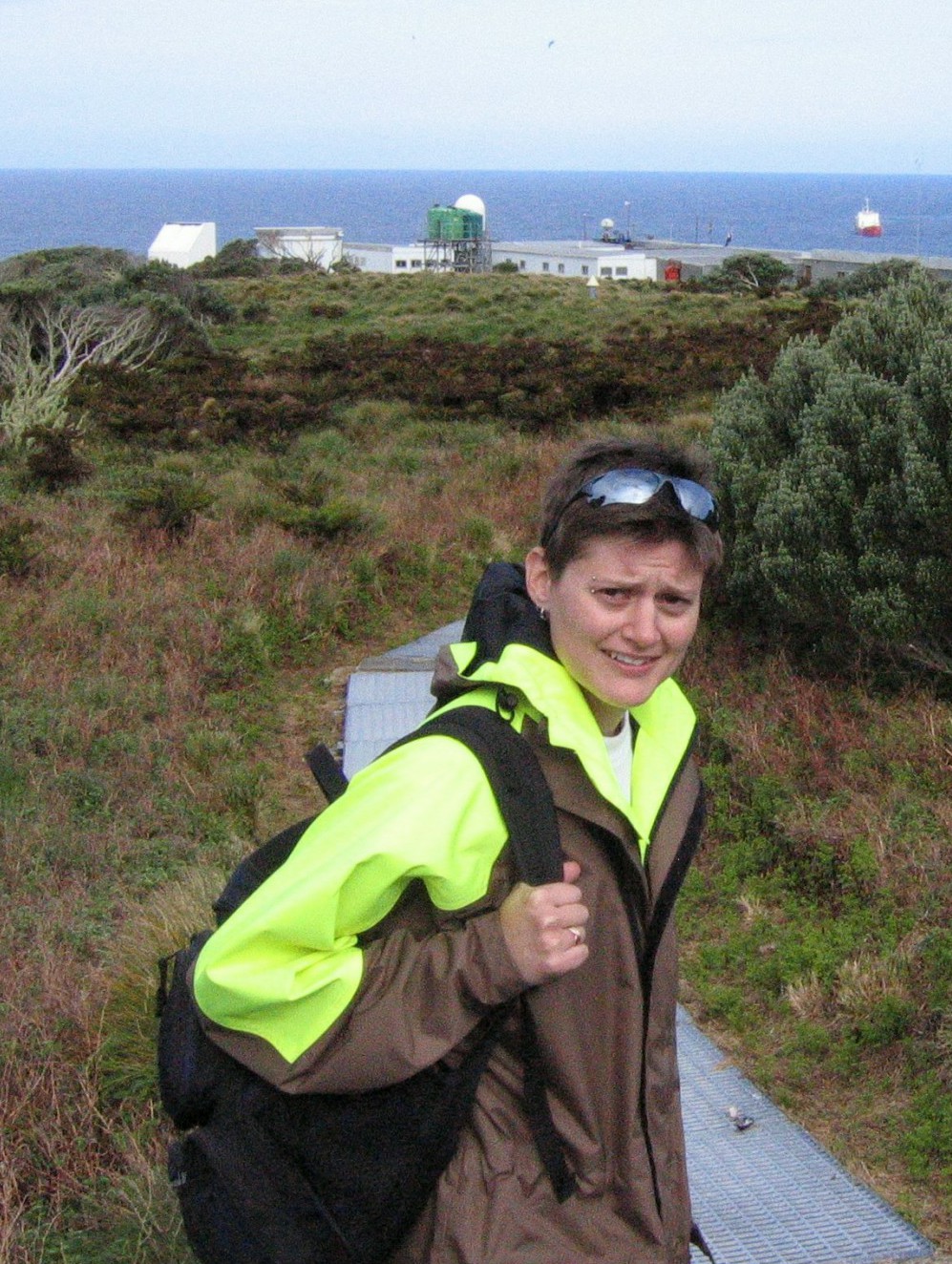
 A friend of mine once told me that I am a borne civil servant, and it turns out she was right. Although I got accepted at the University of the Free State to study civil engineering after I matriculated, at the time my parents lacked the financial means for me to go through with it, and so started my career in the civil service at the Department of Public Works in Bloemfontein. One year later I was awarded a study bursary, and completed a four-year part-time qualification in Public Management and Administration at the Free State Technikon. In 2000 I was promoted, relocated to Cape Town, and joined the Department of Environmental Affairs and Tourism. This was the best decision I ever made. (Image left: Gough Island – Image right: Marion Island)
A friend of mine once told me that I am a borne civil servant, and it turns out she was right. Although I got accepted at the University of the Free State to study civil engineering after I matriculated, at the time my parents lacked the financial means for me to go through with it, and so started my career in the civil service at the Department of Public Works in Bloemfontein. One year later I was awarded a study bursary, and completed a four-year part-time qualification in Public Management and Administration at the Free State Technikon. In 2000 I was promoted, relocated to Cape Town, and joined the Department of Environmental Affairs and Tourism. This was the best decision I ever made. (Image left: Gough Island – Image right: Marion Island)
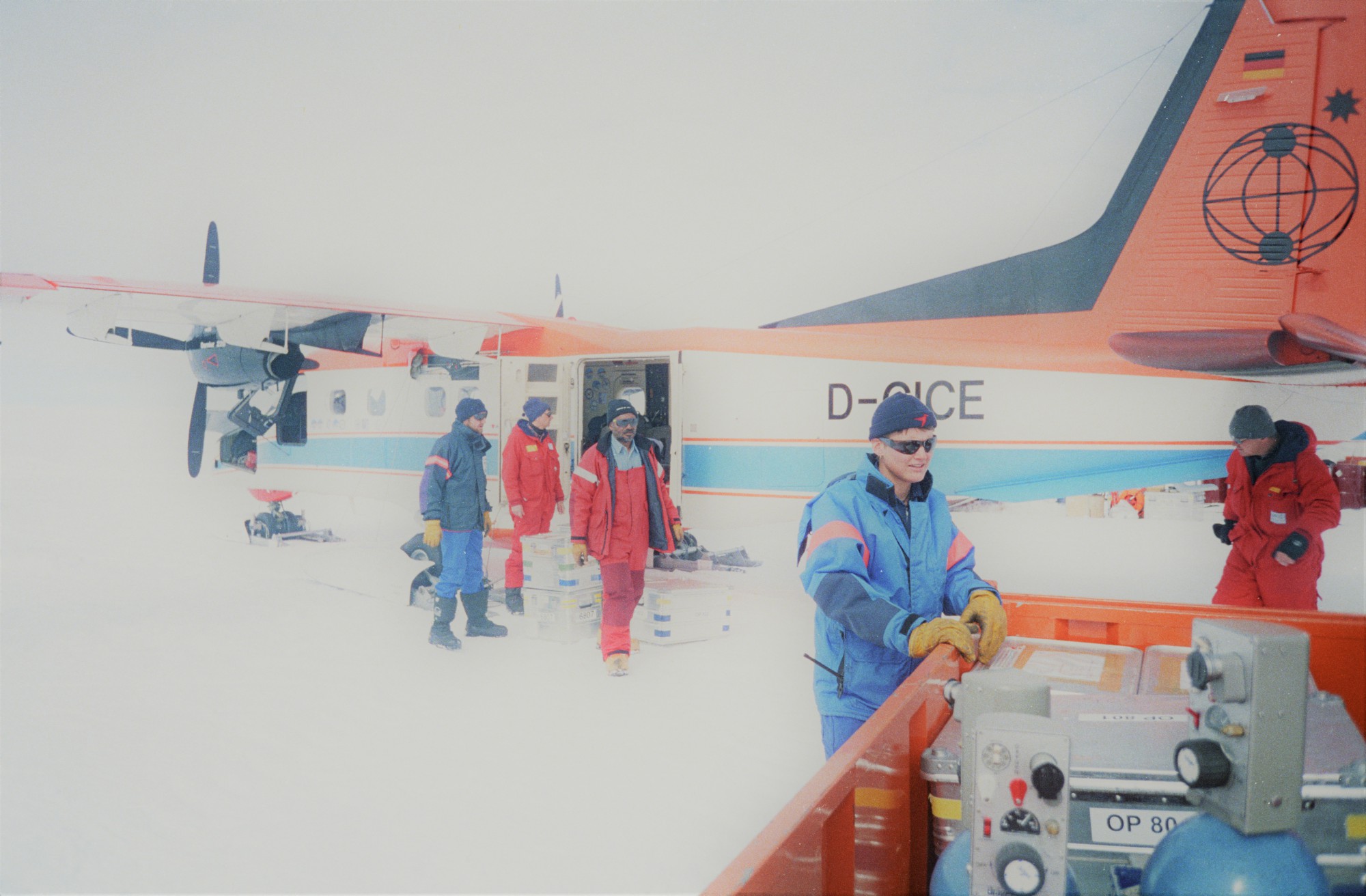
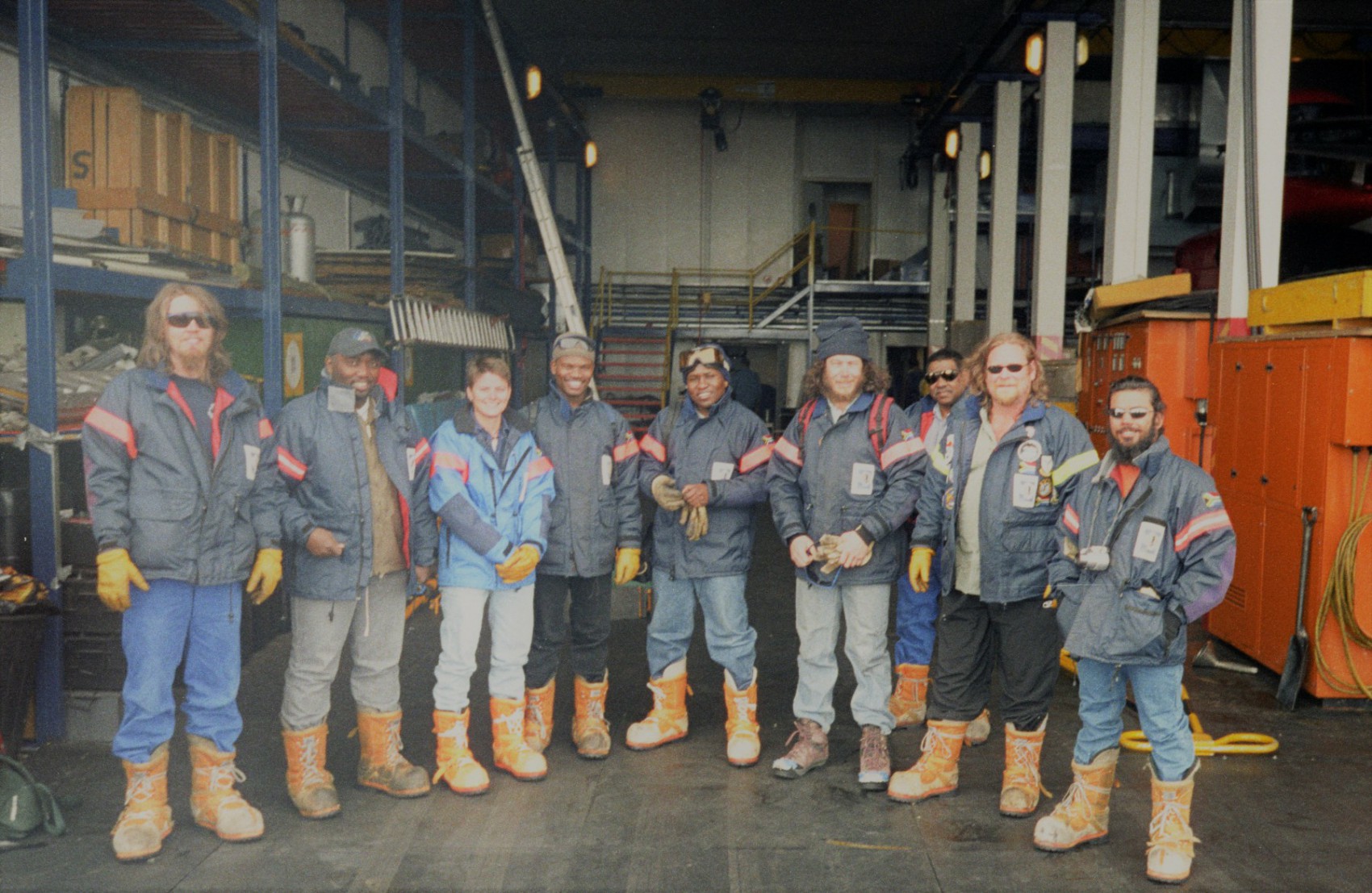
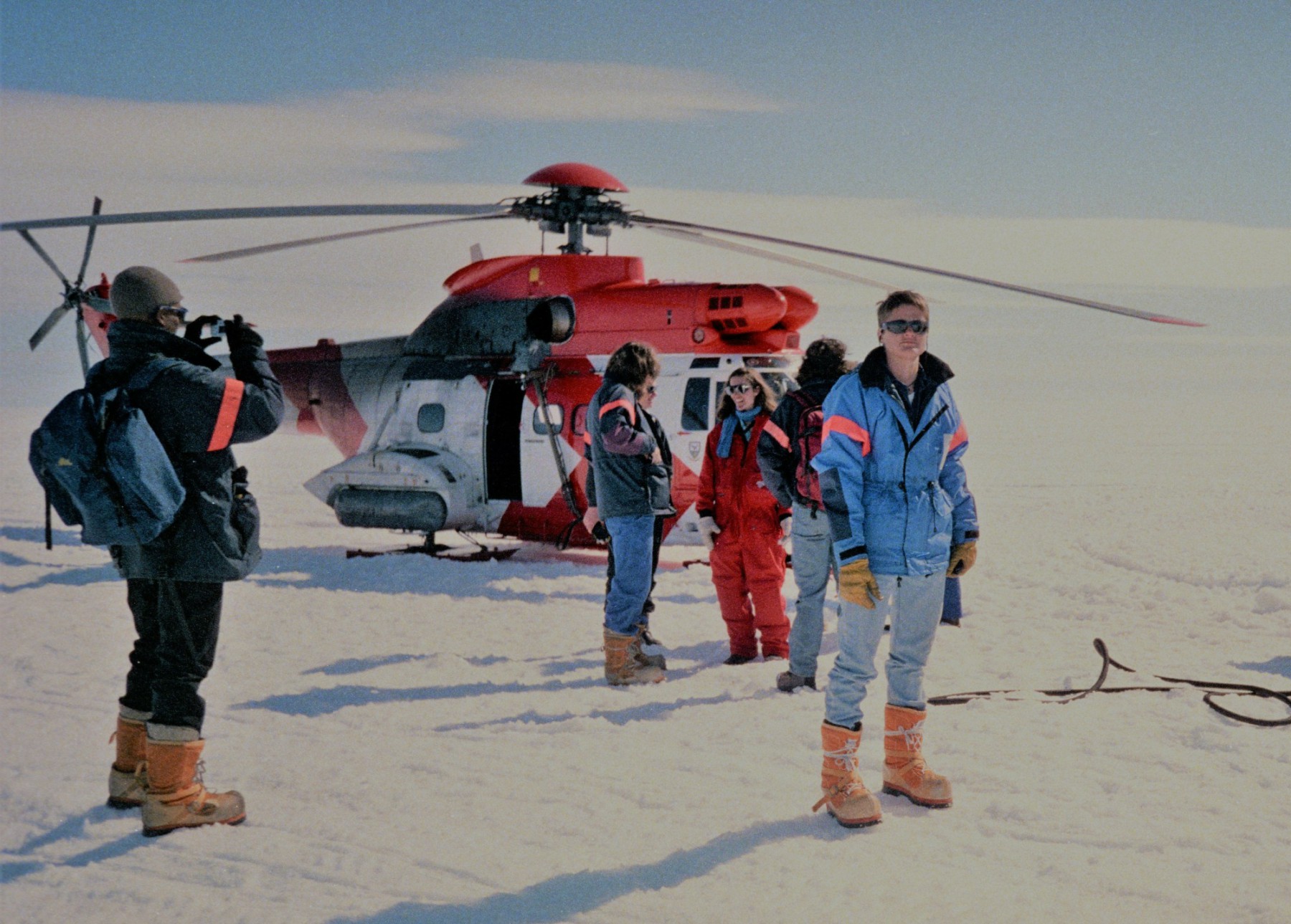 (Images L-R: offloading at SANAE depot – SANAE helipad Neumayer delegation – Day trip to Neumayer)
(Images L-R: offloading at SANAE depot – SANAE helipad Neumayer delegation – Day trip to Neumayer)
So, working in procurement and supply chain management at the Directorate: Antarctica and Islands, I became part of the SANAP family (that was the spirit in those days). My first opportunity to participate in the South African National Antarctic Programme came in 2002, and to Antarctica no less. Thrown in at the deep end, as part of fast-tracking the next generation of DCO’s, I was on my way to SANAE. During the next few years, I participated (and coordinated) in relief voyages to SANAE, Marion Island, and Gough Island. I was incredibly lucky to be mentored by people such as Henry Valentine, Adriaan Dreyer, and Sam Oosthuizen. Their passion for the Programme was unmistaken and they taught me what SANAP was all about.
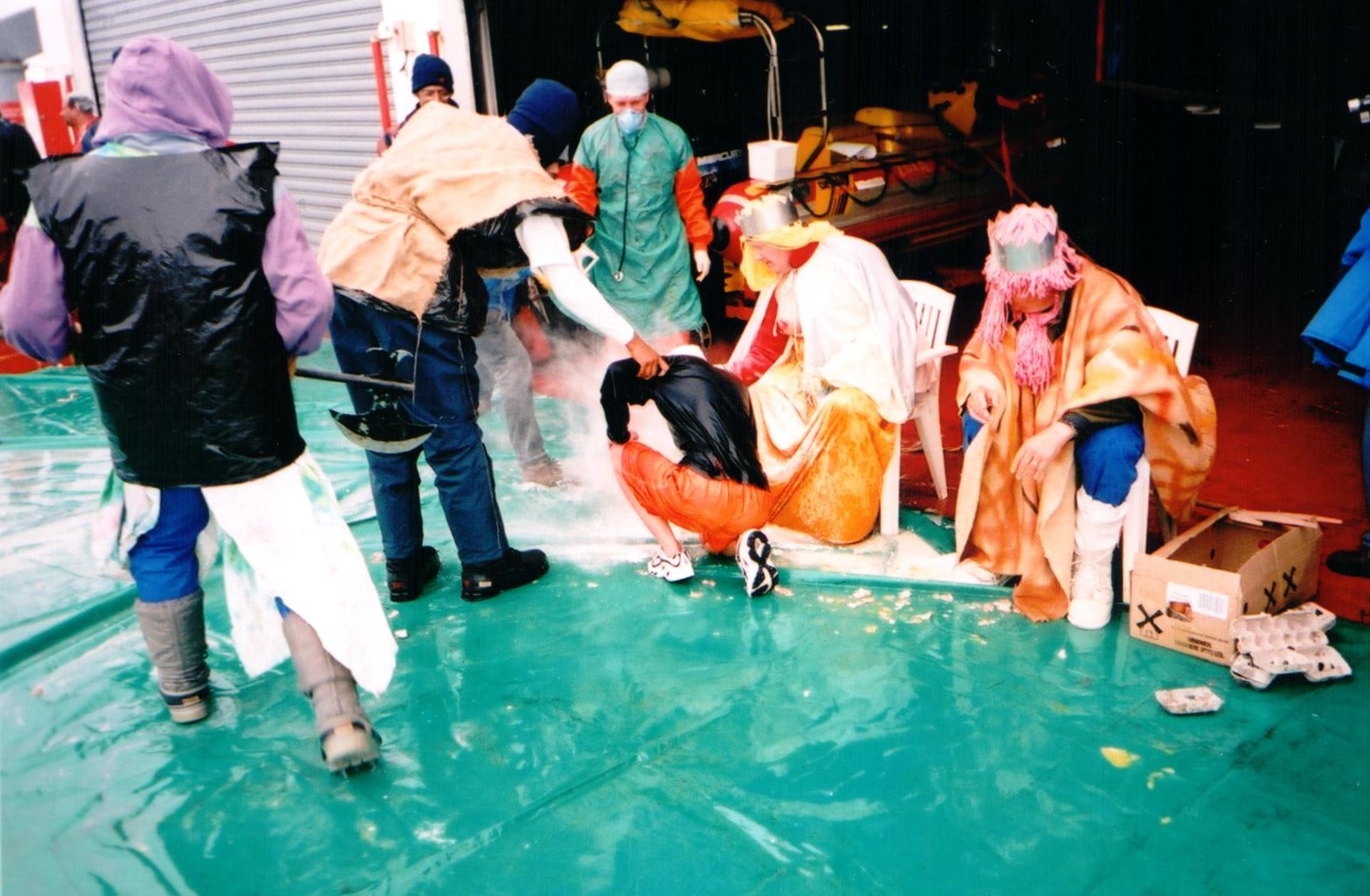

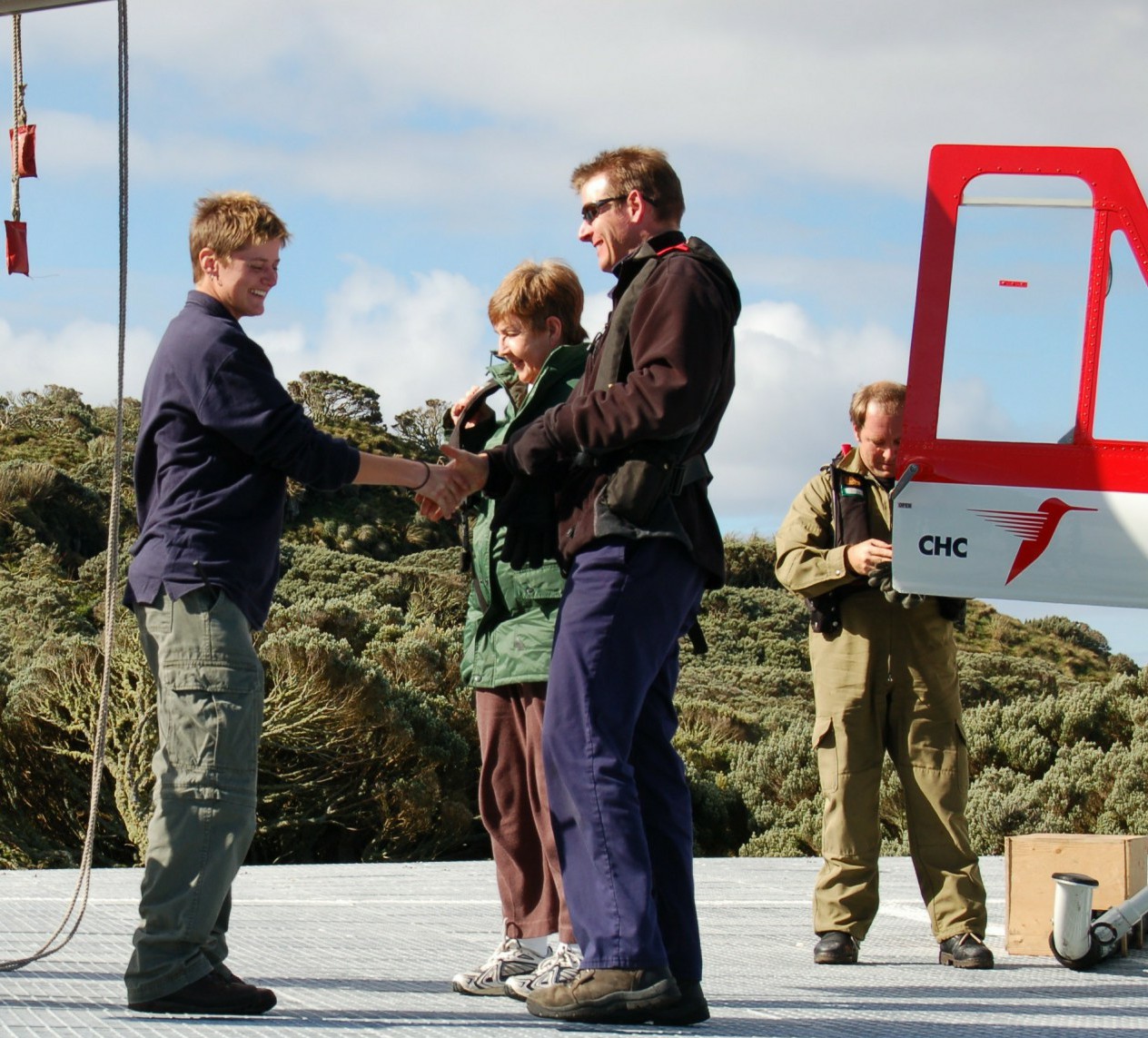 (Images L-R: Initiation ceremony onboard the SA Agulhas – DEAT team Marion Island – Gough Island Captain’s visit)
(Images L-R: Initiation ceremony onboard the SA Agulhas – DEAT team Marion Island – Gough Island Captain’s visit)
Since my early years I had a keen interest in construction and that led me to end my career in the public sector, and in 2006 I ventured into the unknown. I knew that to successfully manage a business you have to learn from the bottom up. So, I enrolled for a plumbing qualification at a Northlink College. Suddenly I found myself in a man’s world, and it took some convincing to secure an apprenticeship. Despite being a woman in my mid-thirties I insisted on no preferential treatment, and for the following 6 months I was spending my days digging trenches and chasing walls. My efforts paid off, and months later I was the owner of that very same business!
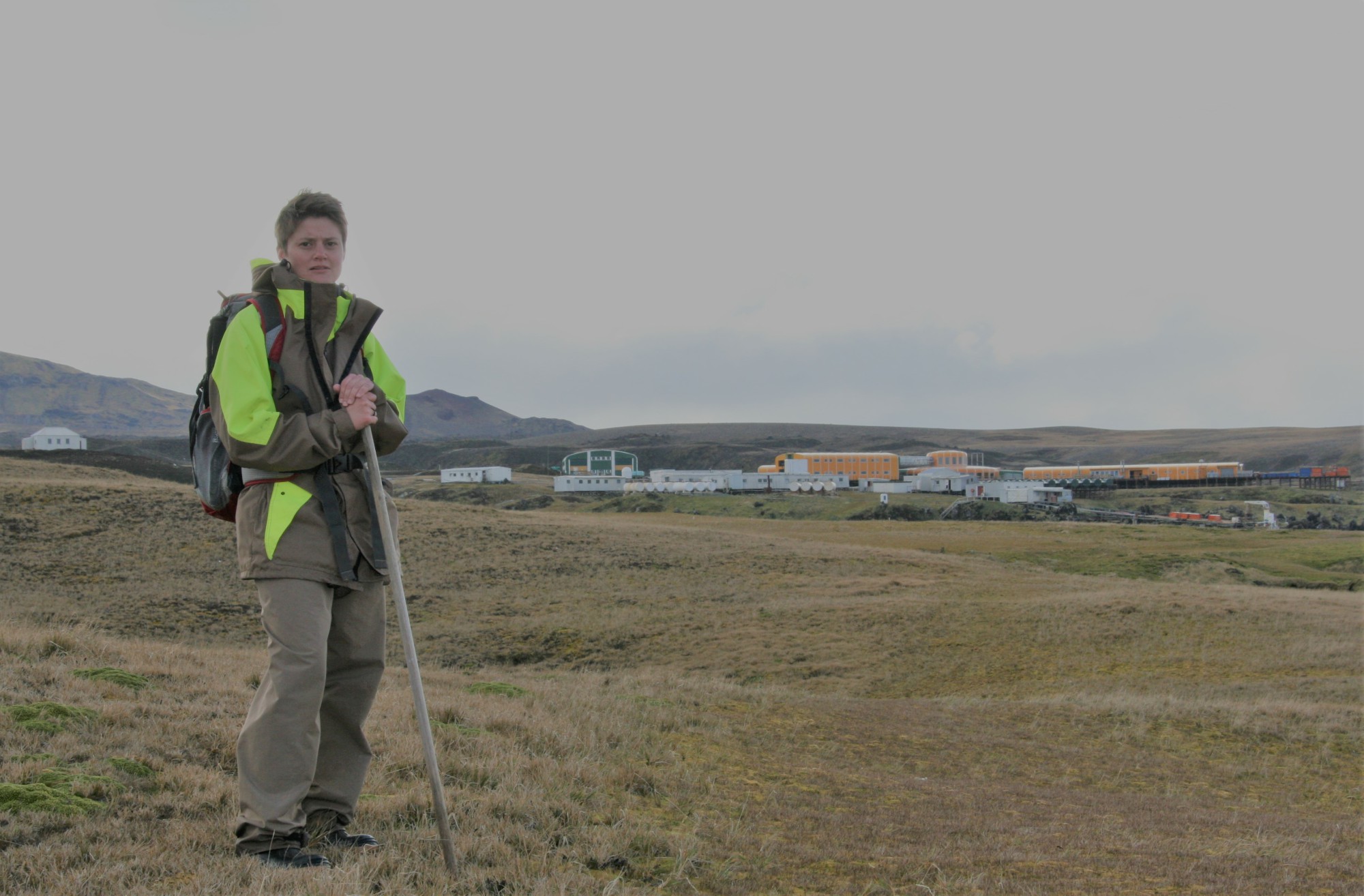
 Turns out SANAP is my “Hotel California” and how true is the lyrics of the song. I checked out of my job at SANAP years earlier, but it seems I could never leave. In 2010 I placed everything on hold and jumped at the opportunity to spend the entire construction voyage (5 months) on Marion Island and to be one of the first occupants of the new Marion Island base. Appointed as Laboratory Manager by the CIB at Stellenbosch University, I coordinated the relocation and setup of the new laboratory facilities. Whilst on Marion, my passion for the Programme was rekindled and I vowed to return one day (one day turned out be 2019). Back home, and in between managing my own business, I enrolled at UNISA for a degree in Environmental Management. (Image top left: Marion Island construction voyage – Image top right: Time to relax with Hein Smith,Linda Clokie and Adriaan Dreyer).
Turns out SANAP is my “Hotel California” and how true is the lyrics of the song. I checked out of my job at SANAP years earlier, but it seems I could never leave. In 2010 I placed everything on hold and jumped at the opportunity to spend the entire construction voyage (5 months) on Marion Island and to be one of the first occupants of the new Marion Island base. Appointed as Laboratory Manager by the CIB at Stellenbosch University, I coordinated the relocation and setup of the new laboratory facilities. Whilst on Marion, my passion for the Programme was rekindled and I vowed to return one day (one day turned out be 2019). Back home, and in between managing my own business, I enrolled at UNISA for a degree in Environmental Management. (Image top left: Marion Island construction voyage – Image top right: Time to relax with Hein Smith,Linda Clokie and Adriaan Dreyer).
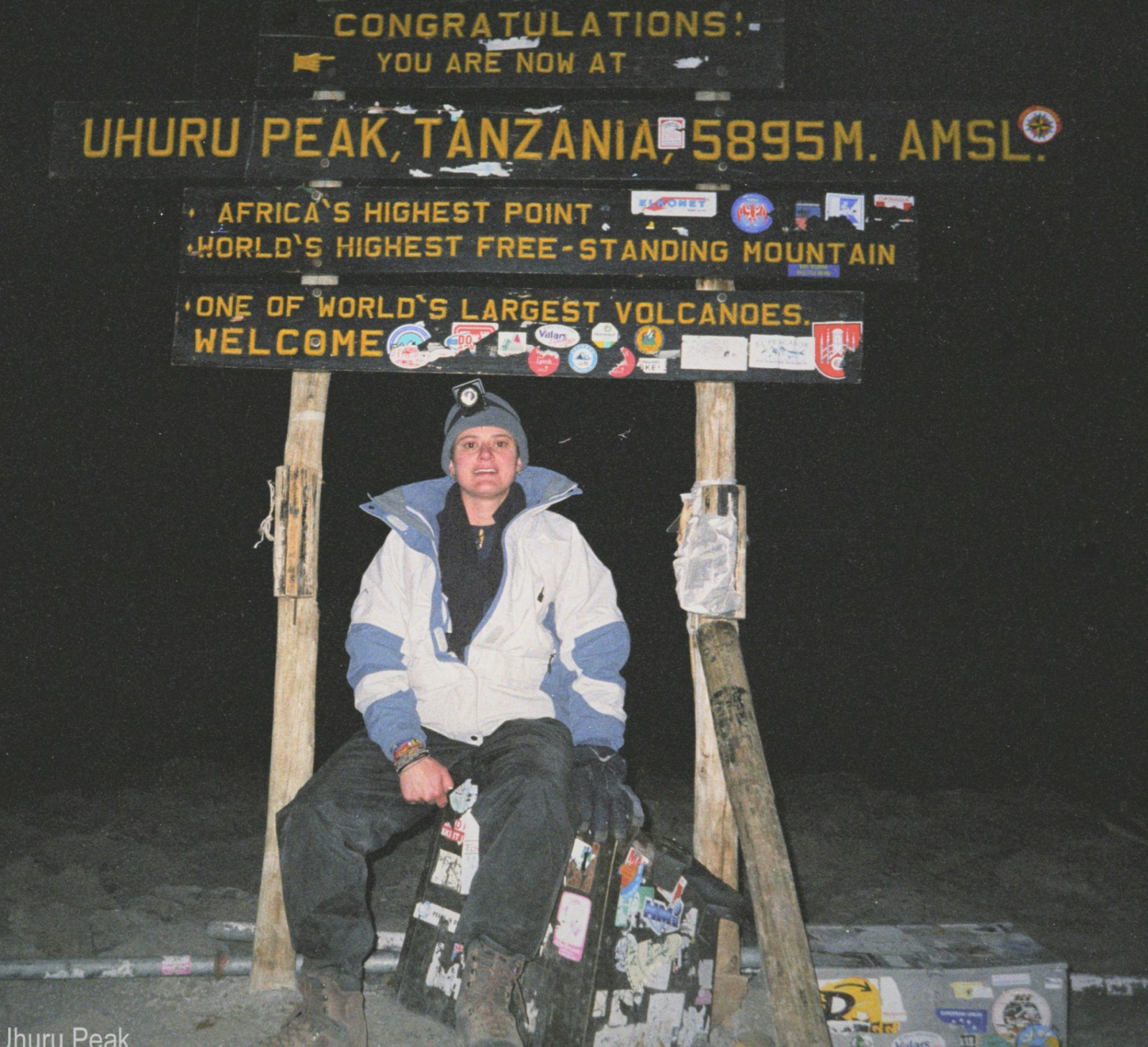 When I look back, I realize how lucky I am to be able to draw on a wide range of expertise accumulated over the years. I honestly believe that you can do anything you put your mind to. Many people will insist that one needs to maintain a narrow focus to be successful, but I don’t agree with this view. Many of us have broad interests (this is certainly true for me), and I have lived most of my passions to the fullest. I am particularly proud of so far conquering two of the seven summits. My advice would be to live and pursue all of your interest to the fullest, and then push the boundaries and do even more. (Image left: Summit Mount Kilimanjaro).
When I look back, I realize how lucky I am to be able to draw on a wide range of expertise accumulated over the years. I honestly believe that you can do anything you put your mind to. Many people will insist that one needs to maintain a narrow focus to be successful, but I don’t agree with this view. Many of us have broad interests (this is certainly true for me), and I have lived most of my passions to the fullest. I am particularly proud of so far conquering two of the seven summits. My advice would be to live and pursue all of your interest to the fullest, and then push the boundaries and do even more. (Image left: Summit Mount Kilimanjaro).
I still participate in SANAP whenever possible, the most recent trip being the 2019 Marion Island relief voyage. 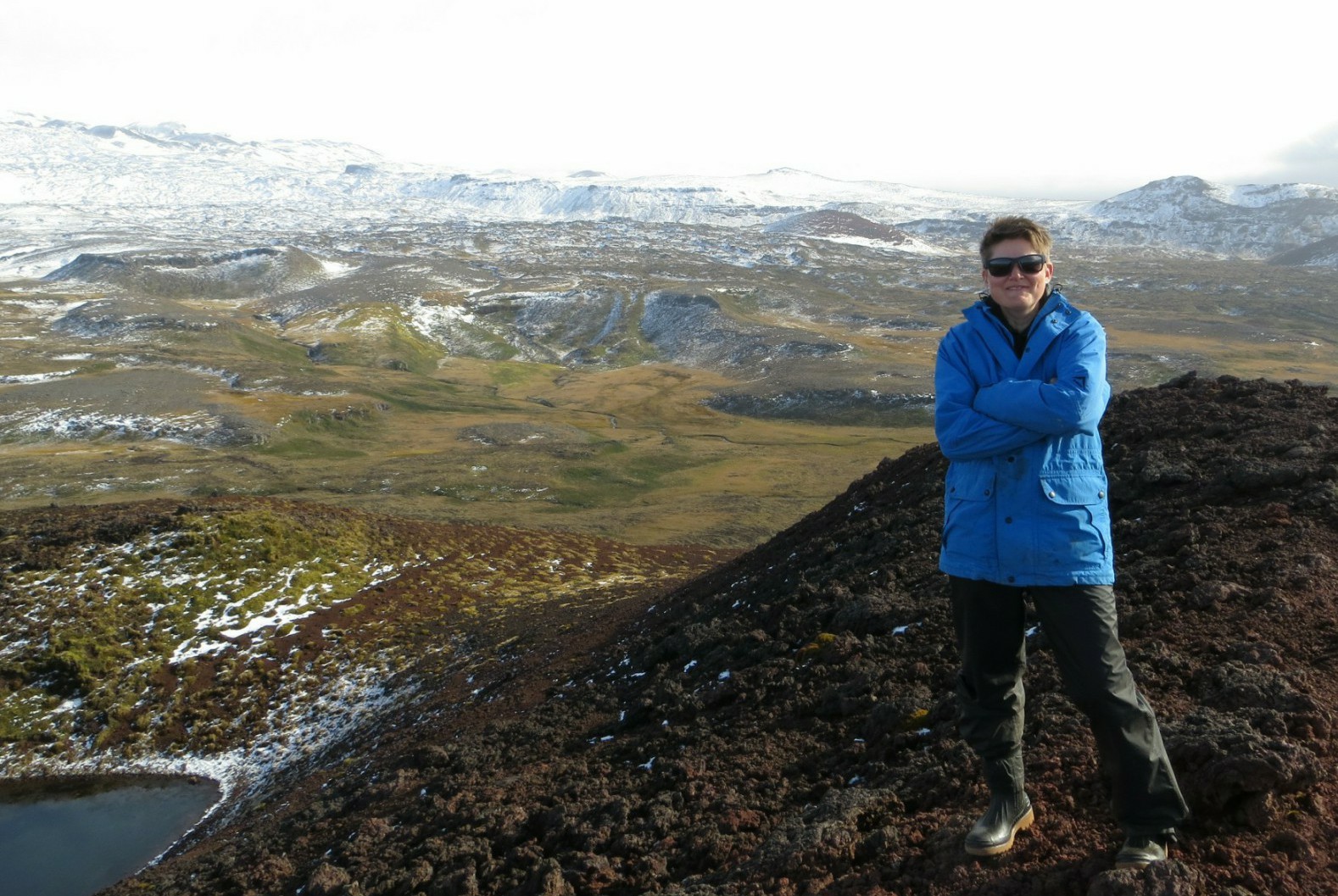 Currently I live and work in Johannesburg, and under the supervision of Prof David Hedding (UNISA) I will complete my Hons in Geography this year. My project is linked to Marion Island spatial data – full circle back to SANAP.
Currently I live and work in Johannesburg, and under the supervision of Prof David Hedding (UNISA) I will complete my Hons in Geography this year. My project is linked to Marion Island spatial data – full circle back to SANAP.
Text and images supplied by Sandra Durand (ALSA will submit these images to the digital archive)

by Ria Olivier | May 22, 2020 | Antarctica, Gough Island, Marion Island, SANAP, sub-Antarctic
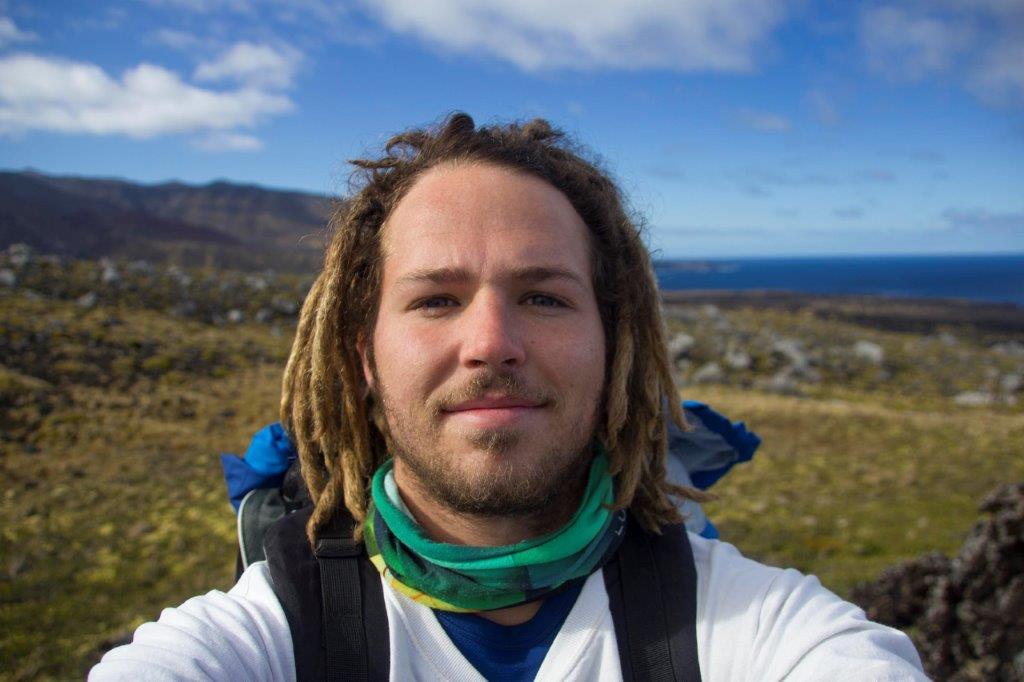 Otto Whitehead is an ecologist who enjoys making films about people and nature. The Antartic Legacy of South Africa(ALSA) shows his video’s during public lectures and South Africa National Antarctic programme (SANAP) overwinter team training . These video’s and images of Otto Whitehead are a huge contribution in promoting and preserving South Africa’s Legacy of the Antarctic region.
Otto Whitehead is an ecologist who enjoys making films about people and nature. The Antartic Legacy of South Africa(ALSA) shows his video’s during public lectures and South Africa National Antarctic programme (SANAP) overwinter team training . These video’s and images of Otto Whitehead are a huge contribution in promoting and preserving South Africa’s Legacy of the Antarctic region.
What is your involvement with SANAP?
I was privileged to overwinter on Marion Island in 2011/12 as a seabird researcher, which to date has been the most profound experience of my life. I collected data towards a PhD on the foraging ecology of crested penguins, which I completed in 2017. I have since remained involved in the sub-Antarctic community through a post-doctoral fellowship at the South African National Biodiversity Institute where I led the sub-Antarctic chapter of the 2018 National Biodiversity Assessment.
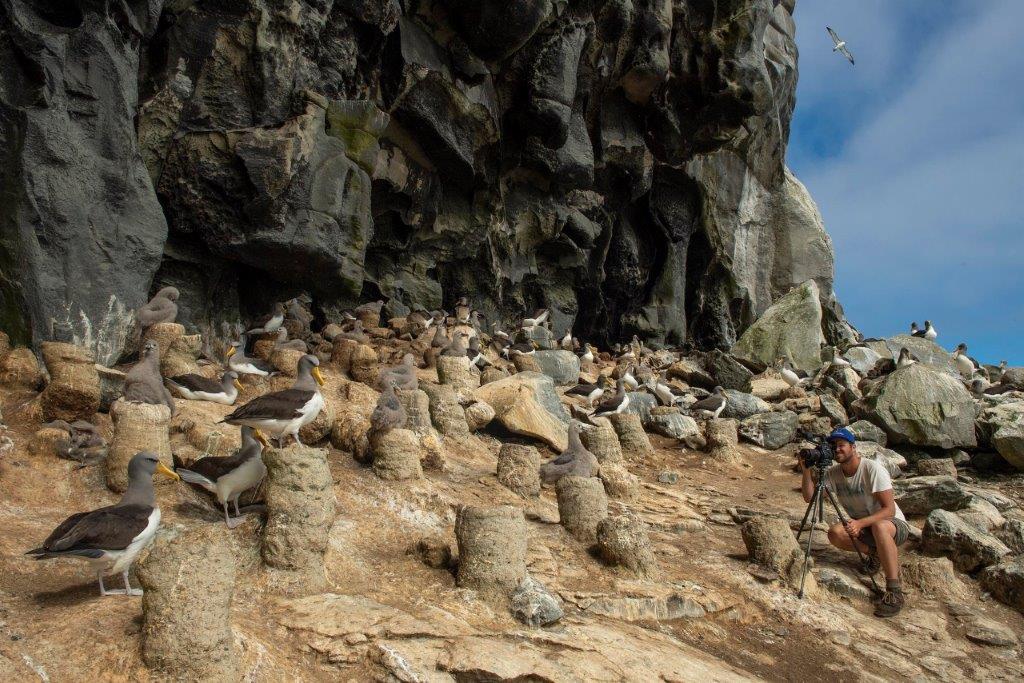
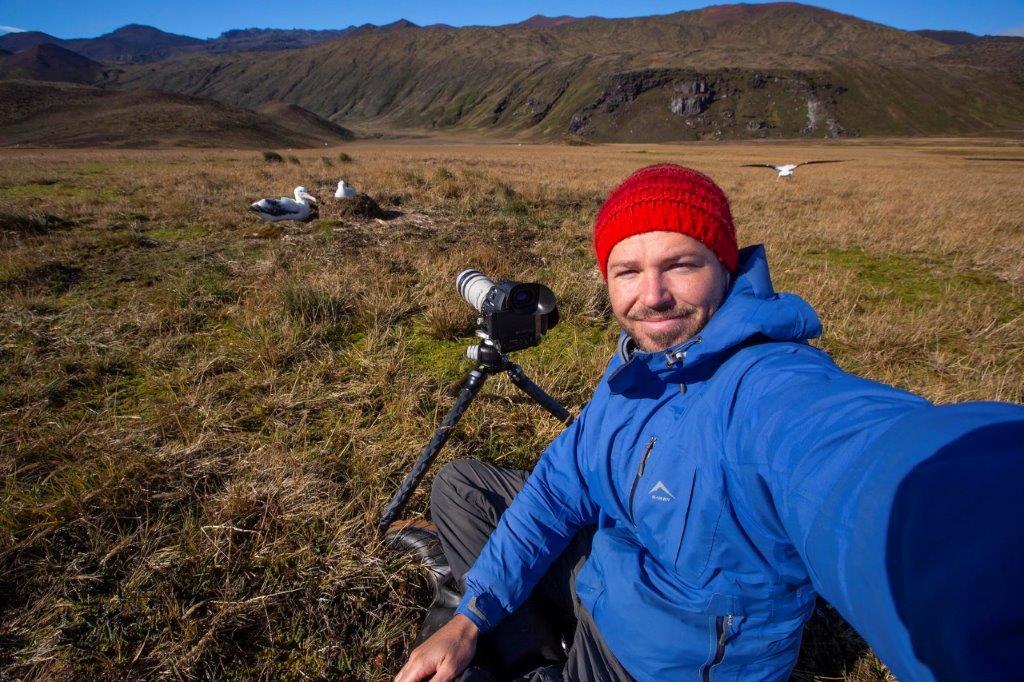 In 2017, I assisted National Geographic photographer Thomas Peschak on a shoot to document Marion Island’s incredible seabird diversity, during which we received enormous support from SANAP. Images from the trip were published in the July 2018 issue of National Geographic Magazine as part of a global seabird story. (On Marion Island left: Thomas Peschak, right: Otto Whitehead )
In 2017, I assisted National Geographic photographer Thomas Peschak on a shoot to document Marion Island’s incredible seabird diversity, during which we received enormous support from SANAP. Images from the trip were published in the July 2018 issue of National Geographic Magazine as part of a global seabird story. (On Marion Island left: Thomas Peschak, right: Otto Whitehead )

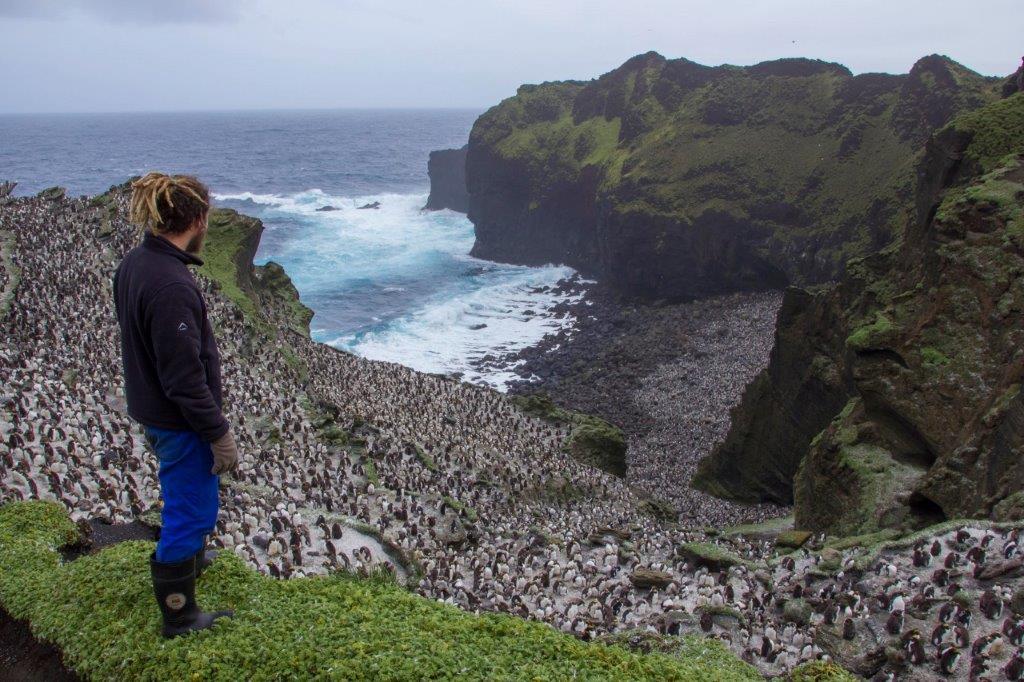
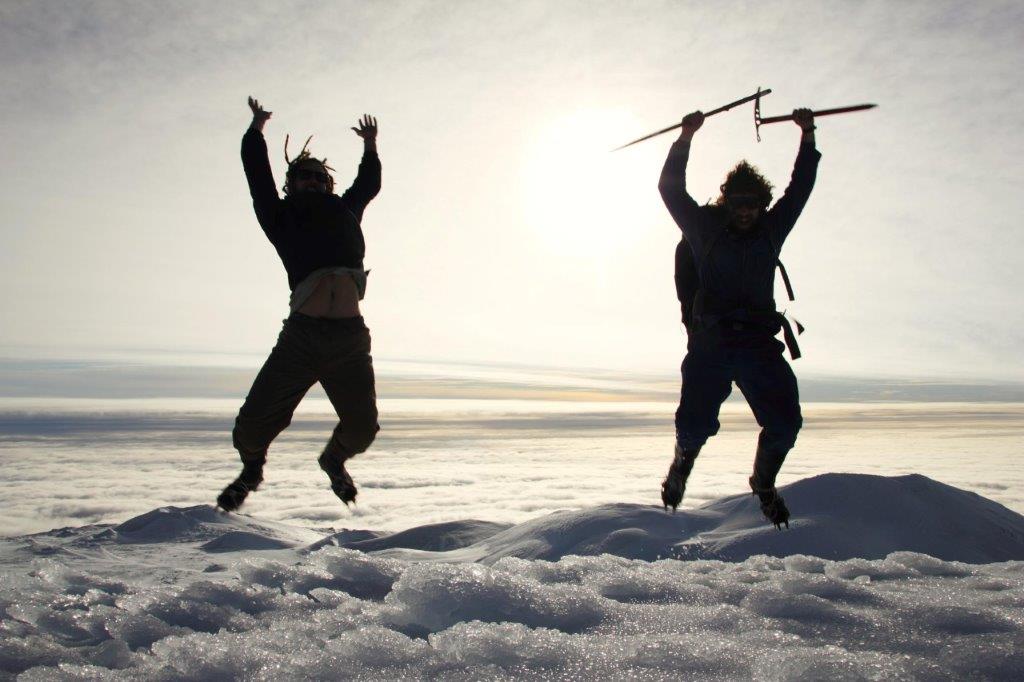 (Images during 2011/2012 on Marion Island. L-R: Ice Plateau, Amphitheatre, Mascarin Summit)I have also really enjoyed being able to share my images and video from my time on Marion with initiatives promoting the conservation of this special part of the planet, such as Mouse Free Marion and the new Sentinels of the South exhibition at the Iziko Museum and the ALSA digital repository.
(Images during 2011/2012 on Marion Island. L-R: Ice Plateau, Amphitheatre, Mascarin Summit)I have also really enjoyed being able to share my images and video from my time on Marion with initiatives promoting the conservation of this special part of the planet, such as Mouse Free Marion and the new Sentinels of the South exhibition at the Iziko Museum and the ALSA digital repository.
How did you get interested in photography and film-making?

Otto in Peru
I’m one of those types who have always admired Sir David Attenborough documentaries, so when I found out I was going to Marion I knew I had to get a camera. I used 10 months worth of savings earned sorting freshwater invertebrates under a microscope to buy a Canon 550D – one of the first “cheapie” SLRs to have video. I took full advantage of its option to record moving images and was soon learning how to edit films so I could share my experiences with friends and family back on the continent. This flame very quickly evolved into a veld fire and I became convinced that I was going to spend the rest of my life telling science and conservation stories. Since then I have been fortunate to work with Thomas Peschak on six National Geographic assignments to all sorts of weird and wonderful corners of the planet. These trips have greatly deepened my love for ecology and storytelling.
What is your advice to early career scientists and science communicators?
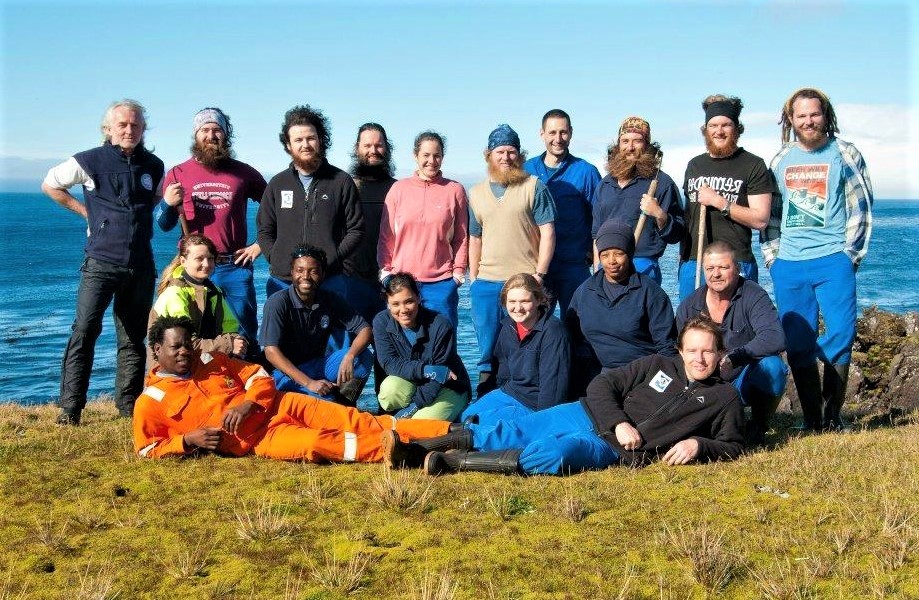
Marion 68 2011/2012
Marion Island remains the most incredible place I’ve ever been to, partly because of the sheer isolation for an extended period of time. It really gives you time to think and exposes you to a realm of wildness that cannot easily be found. If you ever get the opportunity to do research or work on Marion or Gough or in the Antarctic, take it with arms wide open! You’ll learn and grow so much more than you could ever know.
Visit Otto’s website www.ottowhitehead.com and Instagram @ottowhitehead (Text and images supplied by Otto Whitehead. Teamphoto from SANAP website)
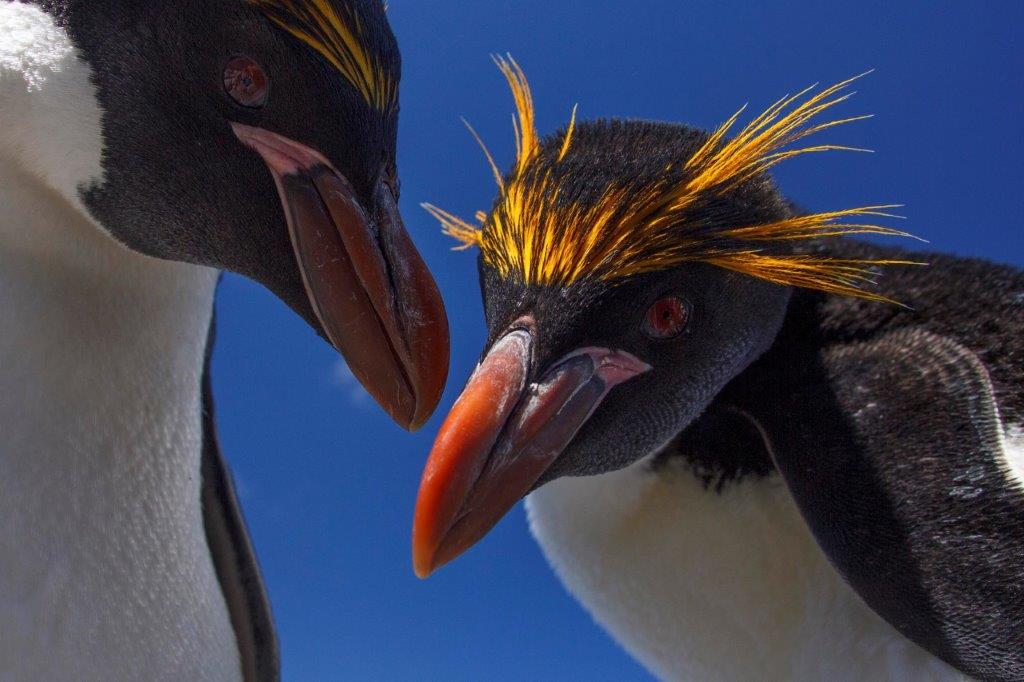
Macaroni Penguin
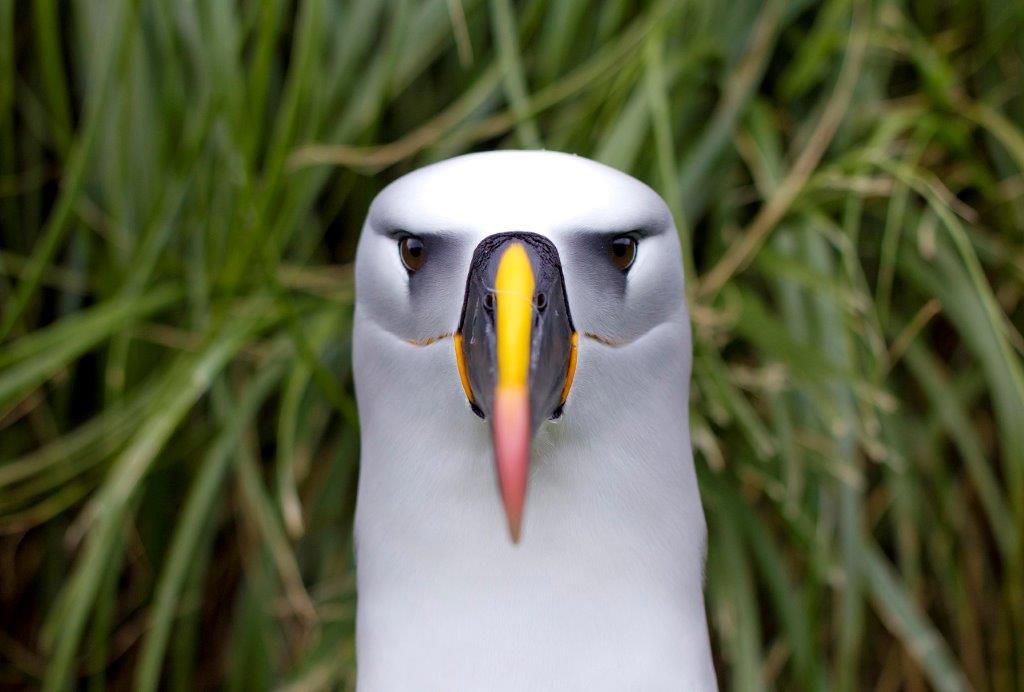
Yellow-nosed Albatross
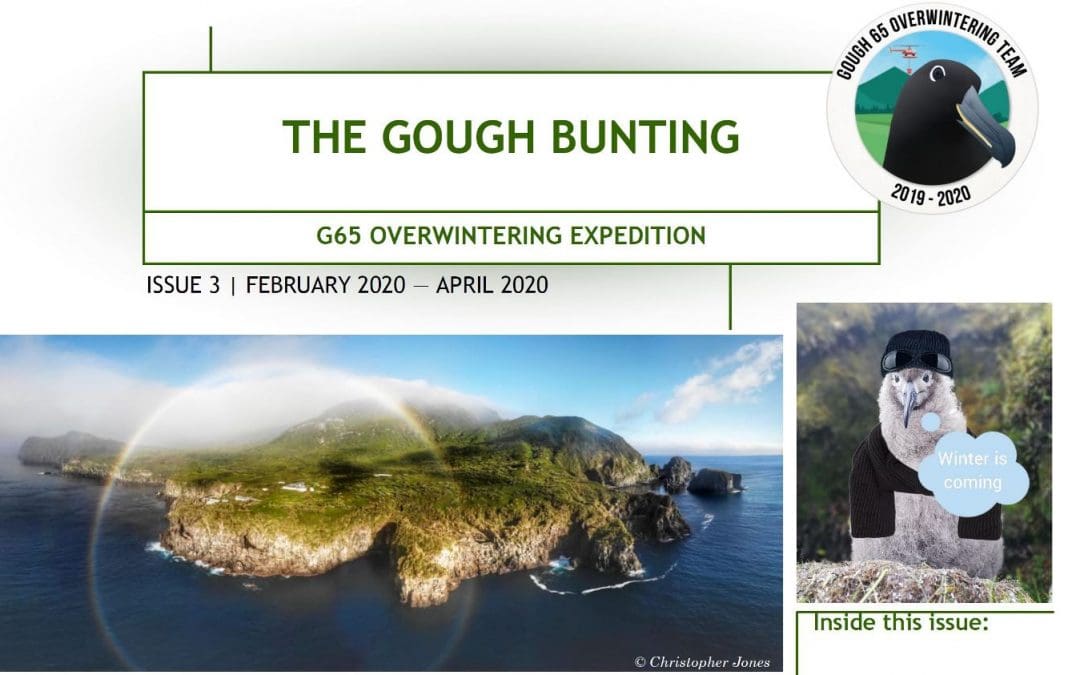
by Ria Olivier | May 7, 2020 | Gough Island, News, Newsletters>Gough Island Newsletters, Overwintering Team
In this edition:
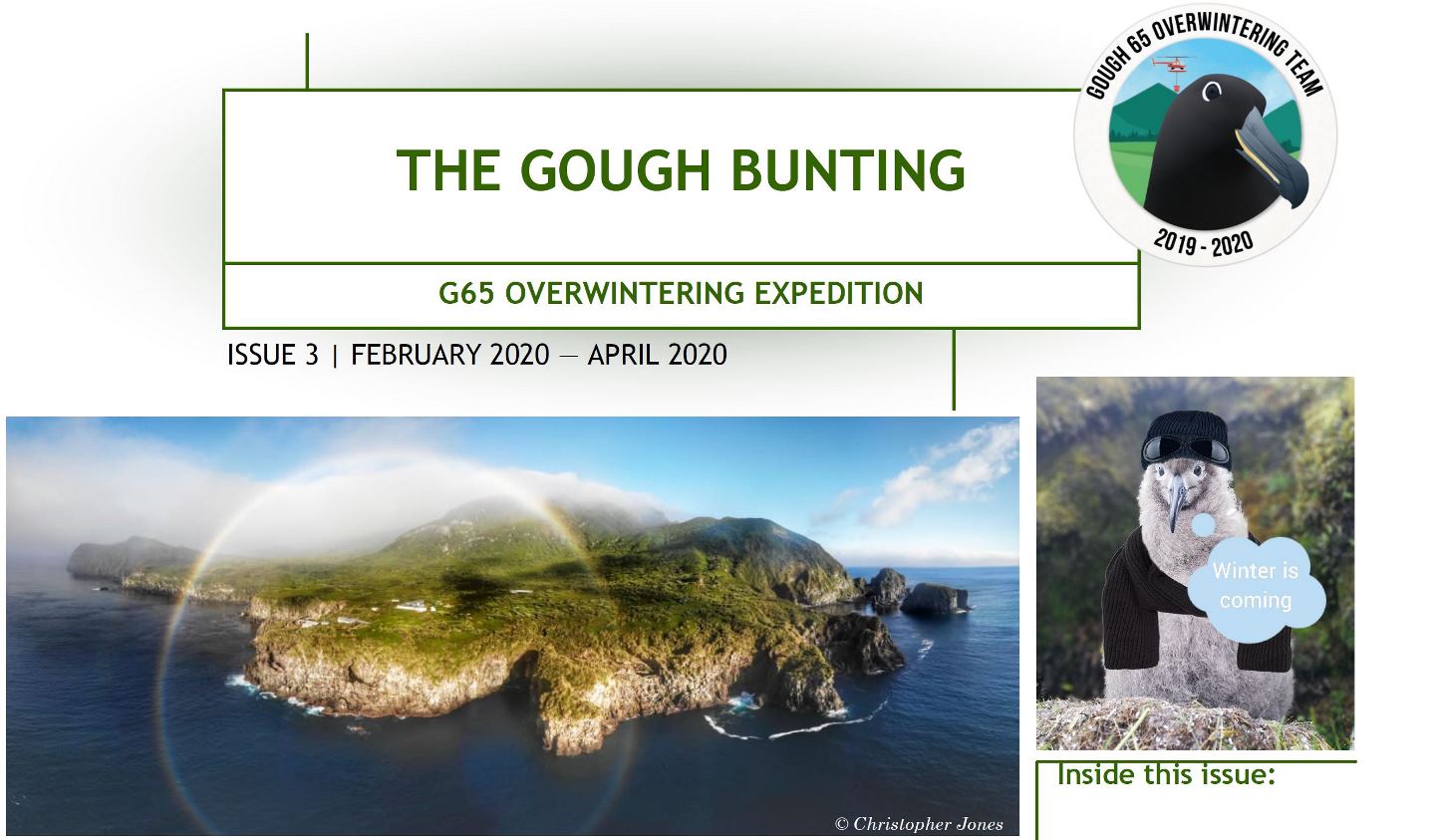
Gough65 Newsletter – Issue 3
- So what does a Meteorological Technician do?
- So close, yet so far…
-
Living on a tiny rock in the South Atlantic during a global pandemic
- Going on an adventure — part II
- Life as a Communication and Electronics Engineer at Gough Base
- Gough Island Pool Tournament
- A brief history of Gough Island
- Cooking life on Gough
- From the Metkassies
Click here to download/view this issue of the Gough Bunting.
Click here to view all the Gough Buntings (newsletters) available on the Antarctic Legacy of South Africa Archive.
Anché Louw, Antarctic Legacy of South Africa, 07 May 2020.
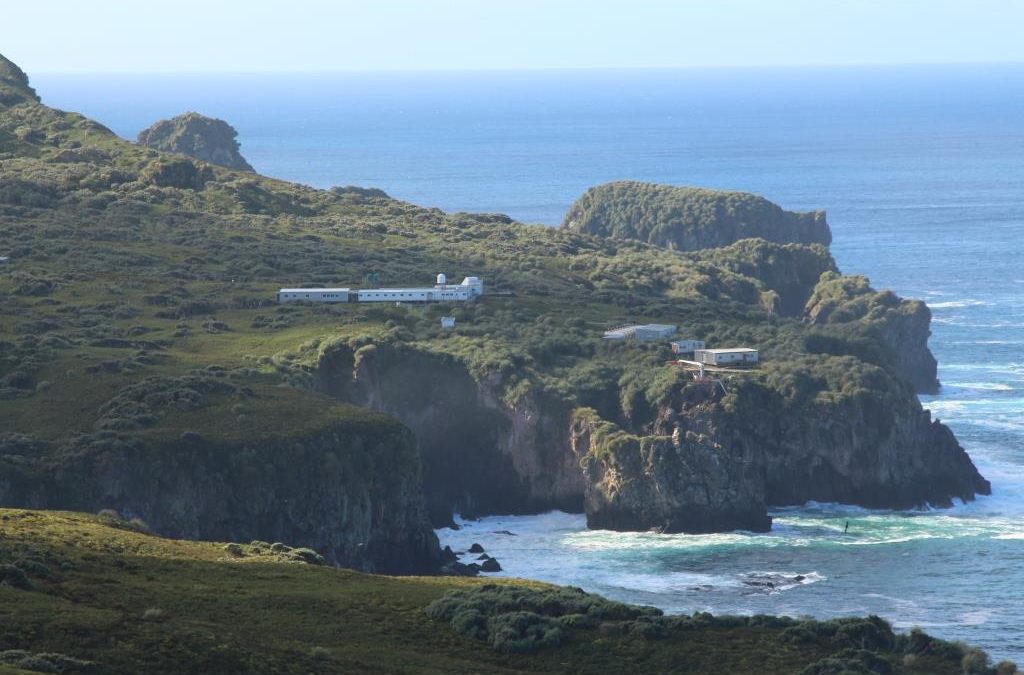
by Ria Olivier | Apr 20, 2020 | Announcement, Environment, Gough Island, Heritage Day, Important Dates, International Days, sub-Antarctic
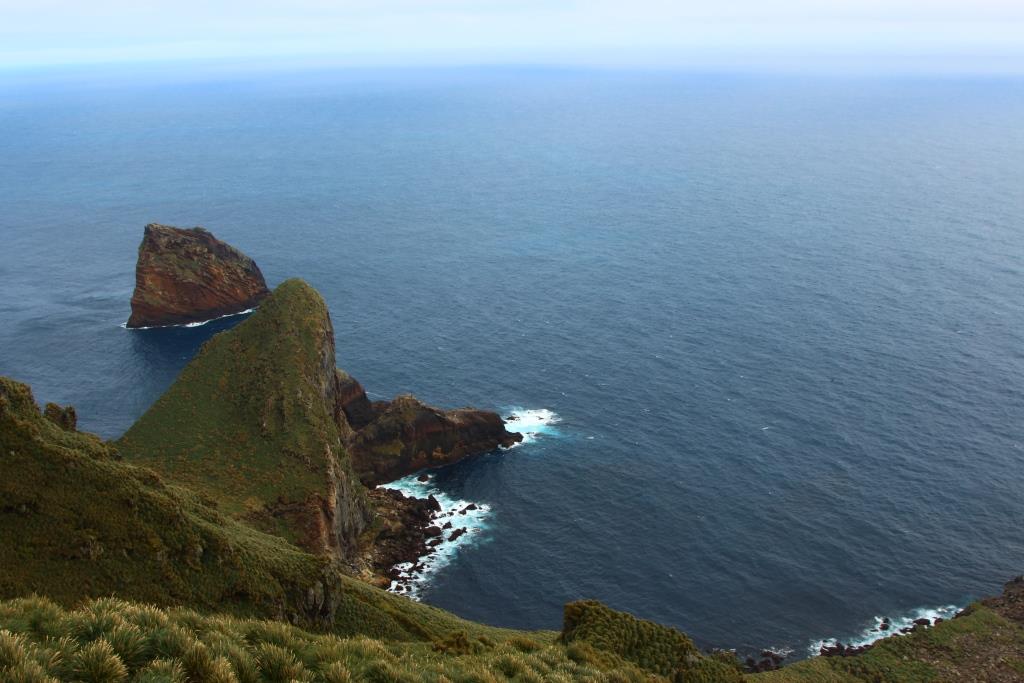

 “World Heritage Day or the International Day of Monuments and Sites has always been an occasion to reflect upon – and often visit – heritage sites that are important to us. This year, during the Covid-19 crisis, most of us can only enjoy our heritage online, through virtual visits and tours, as well as social media posts.” – UNESCO (Visit the ALSA archive and the SANAP website photo galleries to see images)
“World Heritage Day or the International Day of Monuments and Sites has always been an occasion to reflect upon – and often visit – heritage sites that are important to us. This year, during the Covid-19 crisis, most of us can only enjoy our heritage online, through virtual visits and tours, as well as social media posts.” – UNESCO (Visit the ALSA archive and the SANAP website photo galleries to see images)
Owing largely to its spectacular abundance of seabirds, and its unusual and reputedly pristine landscape, Gough Island was declared a wildlife reserve under the Tristan da Cunha Conservation Ordinance of 1976, gained Scientific/Strict Nature Reserve Status under IUCN Category I in 1985, was inscribed on the IUCN World Heritage list (under criteria iii, iv) in 1995, and in 1997 became a nature reserve under the Tristan da Cunha Conservation (Amendment) Ordinance. The nature reserve now encompasses a 12 nautical mile zone around the shore. Activities on Gough Island and in the surrounding waters are regulated by formal ordinances of Tristan da Cunha, including those for Conservation, for Export and Import Control, and for Fisheries Limits, and by the adoption of a formal manage1nent plan. (From “Gough Island; a Natural history” by C Hanel, SL Chown and KJ Gaston)

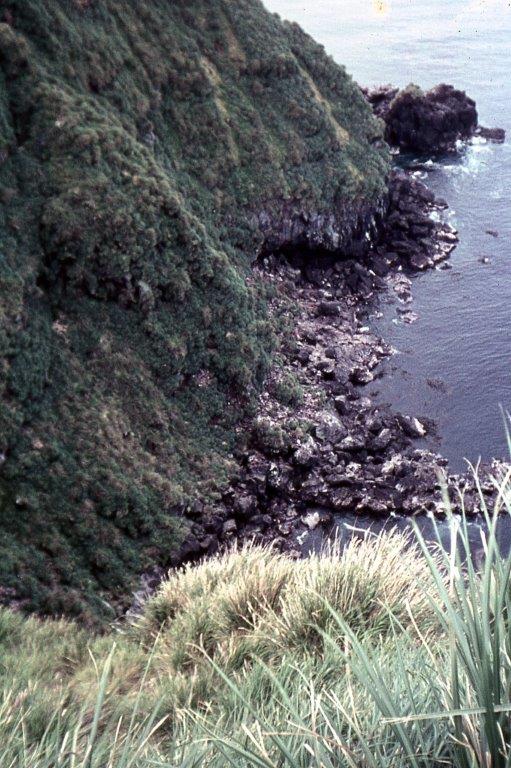

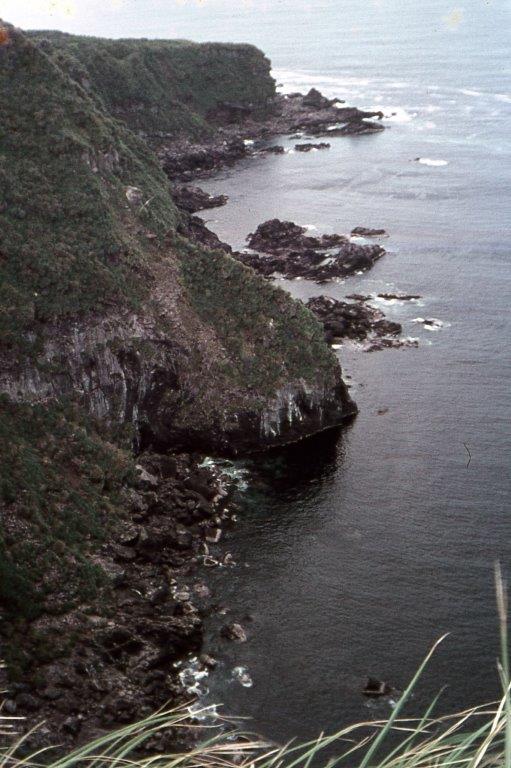 The Gough and Inaccessible Islands World Heritage Site Management Plan focuses on identifying priority actions for the conservation of the property over a five year period, and does not supersede the two existing Management Plans for Gough and Inaccessible Islands. Separate zoning strategies for Gough and Inaccessible Islands have been developed. On Gough, there are Logistic, Marine, Scientific research, and Conservation zones; on Inaccessible there are Accommodation, Natural, Wilderness, and Marine zones. Within these various areas, defined in detail in the respective Management Plans, certain activities are constrained or allowed. A single zoning strategy is needed covering the whole World Heritage property, including the marine area. –UNESCO
The Gough and Inaccessible Islands World Heritage Site Management Plan focuses on identifying priority actions for the conservation of the property over a five year period, and does not supersede the two existing Management Plans for Gough and Inaccessible Islands. Separate zoning strategies for Gough and Inaccessible Islands have been developed. On Gough, there are Logistic, Marine, Scientific research, and Conservation zones; on Inaccessible there are Accommodation, Natural, Wilderness, and Marine zones. Within these various areas, defined in detail in the respective Management Plans, certain activities are constrained or allowed. A single zoning strategy is needed covering the whole World Heritage property, including the marine area. –UNESCO


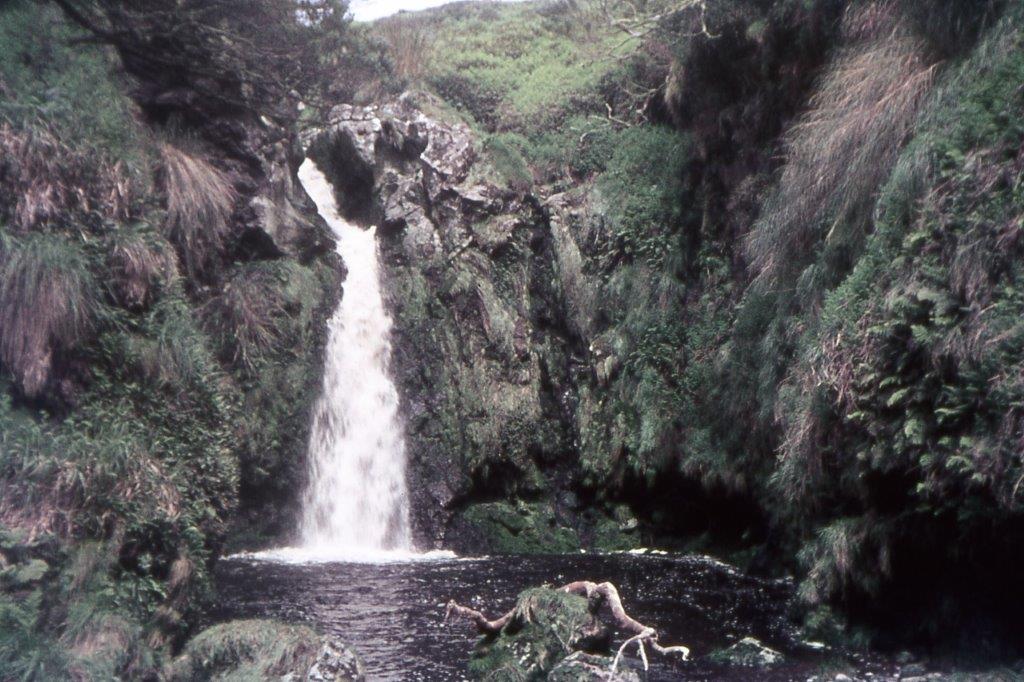 The site, located in the south Atlantic, is one of the least-disrupted island and marine ecosystems in the cool temperate zone. The spectacular cliffs of Gough, towering above the ocean, are home to one of the world’s largest colonies of sea birds. Gough Island is home to two endemic species of land birds, the Gallinule Comeri (Gough Moorhen-below left)and the Gough Rowettia Goughhensis (Gough Finch- below middle,right), as well as to 12 endemic species of plants.
The site, located in the south Atlantic, is one of the least-disrupted island and marine ecosystems in the cool temperate zone. The spectacular cliffs of Gough, towering above the ocean, are home to one of the world’s largest colonies of sea birds. Gough Island is home to two endemic species of land birds, the Gallinule Comeri (Gough Moorhen-below left)and the Gough Rowettia Goughhensis (Gough Finch- below middle,right), as well as to 12 endemic species of plants.
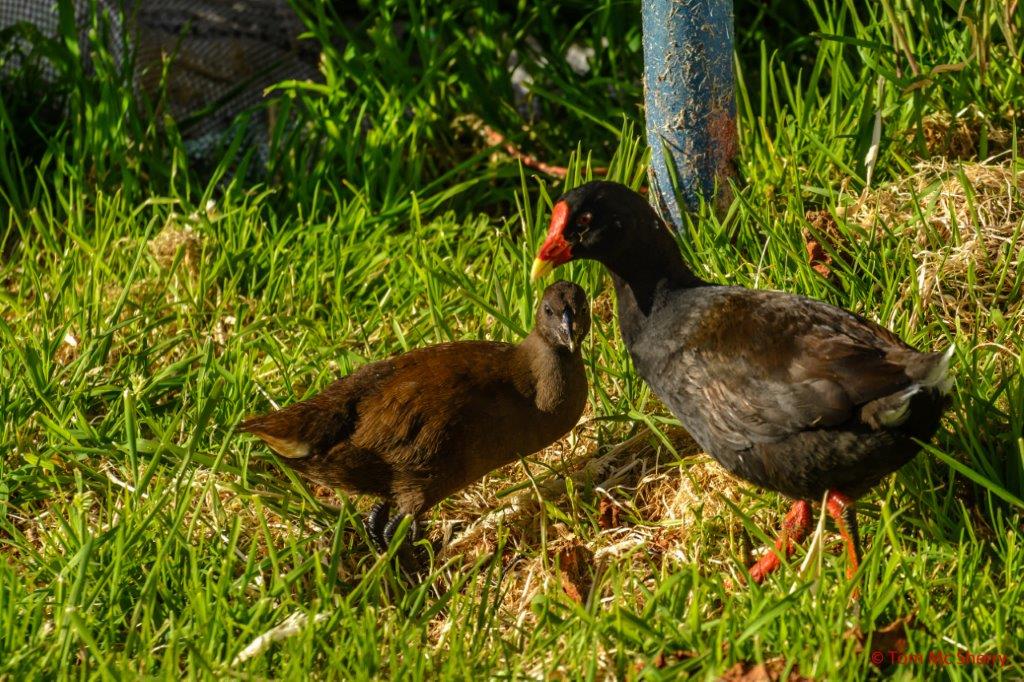
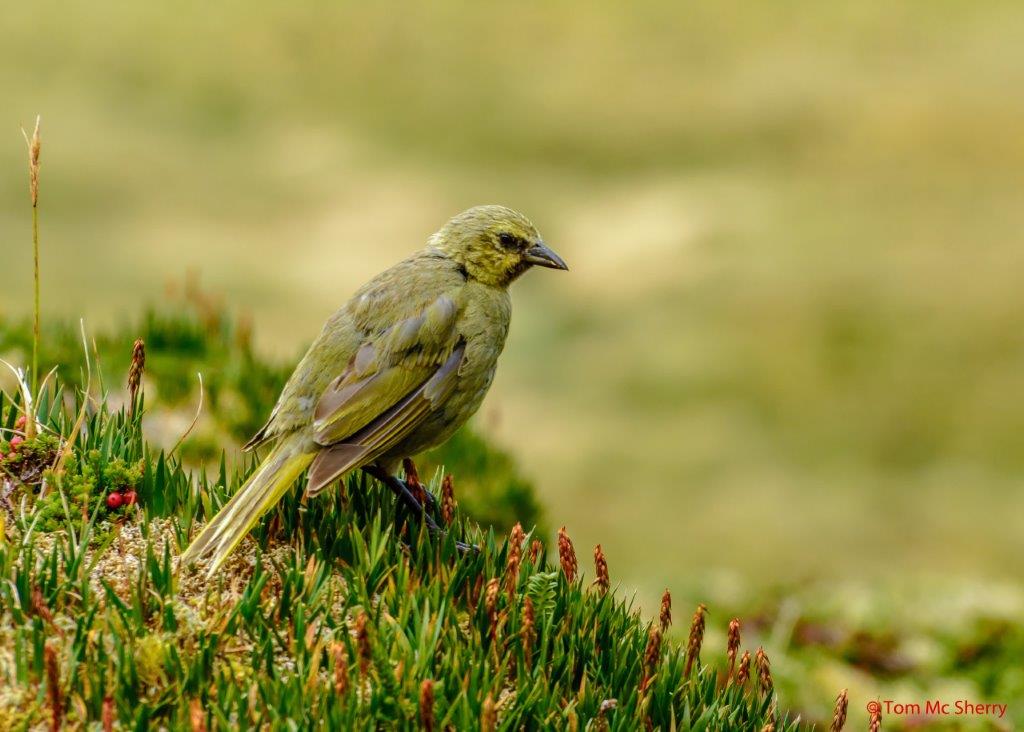
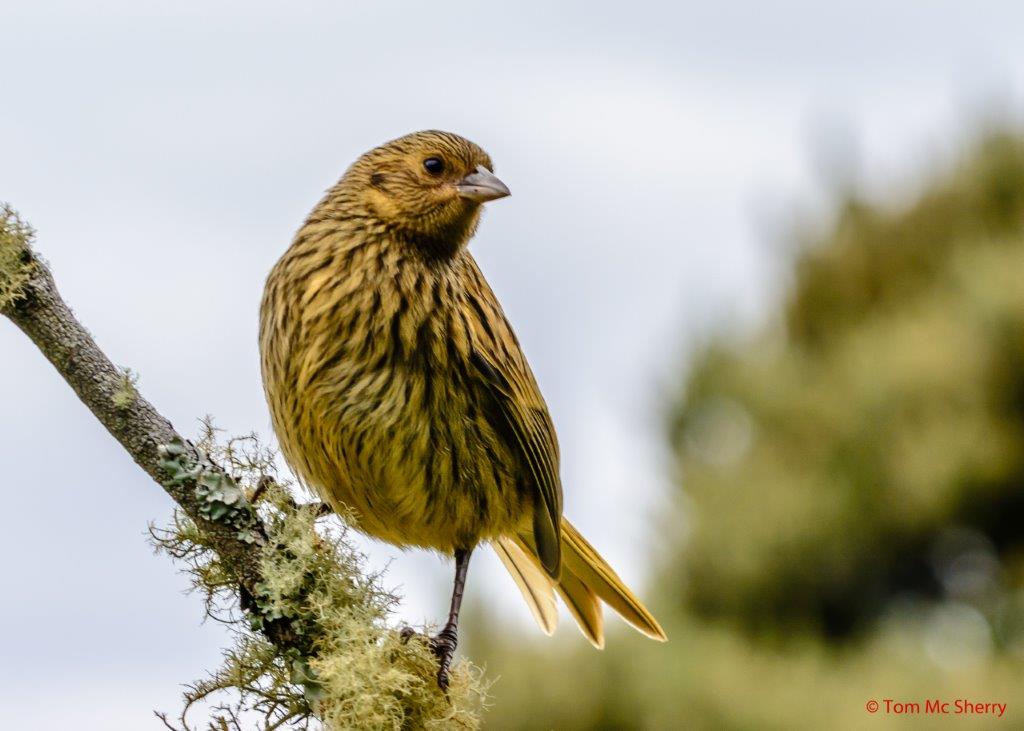
Although now most widely known as a haven for seabirds and an important conservation area in the Southern Ocean, the island has long caught the attention of mariners and adventurers. At first, the island was appreciated as a source of perennial fresh water, whilst later its strategic position, unusual terrestrial flora and fauna, and marine living resources have proven the attraction.
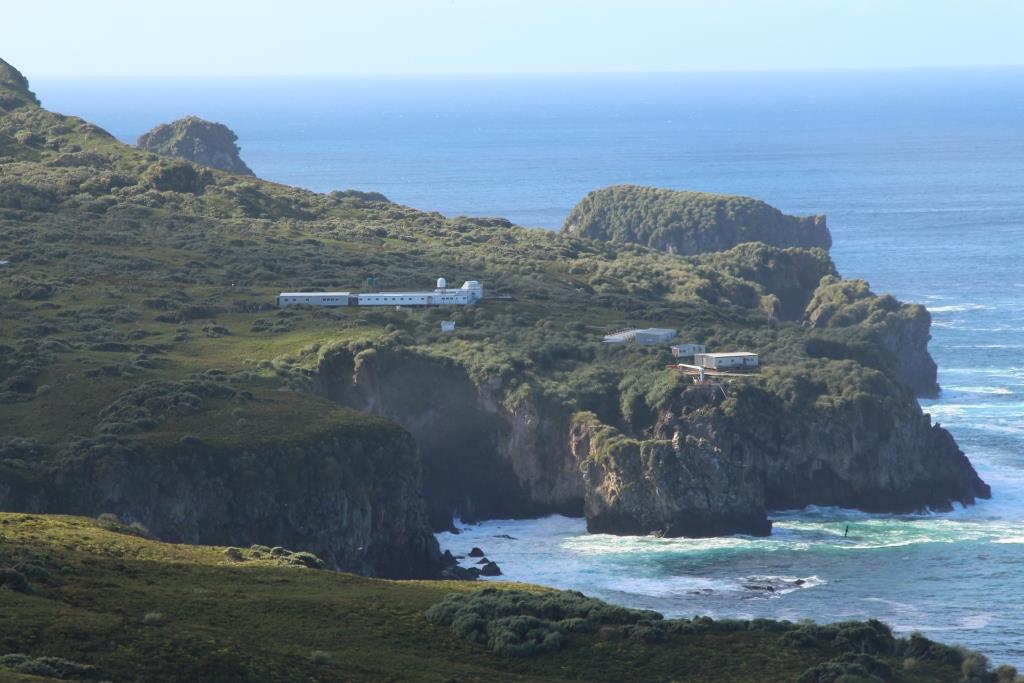 Its position in the path of cold fronts generated in the far Southern Ocean and on their way to South Africa has meant that the conditions experienced at Gough Island serve as an early warning for those that can be expected in South Africa and along the Cape sea route. for this reason, a South African meteorological station has been maintained at the island in an agreement reached with the administration of Tristan da Cunha. From: “Gough Island; a Natural history” by C Hanel, SL Chown and KJ Gaston
Its position in the path of cold fronts generated in the far Southern Ocean and on their way to South Africa has meant that the conditions experienced at Gough Island serve as an early warning for those that can be expected in South Africa and along the Cape sea route. for this reason, a South African meteorological station has been maintained at the island in an agreement reached with the administration of Tristan da Cunha. From: “Gough Island; a Natural history” by C Hanel, SL Chown and KJ Gaston
Photo Credits: G Roussouw, T McSherry, J Cleeland


 Gough Island is located at 40°S, 9°W – 2600 km from East Pier, Cape Town Harbour. (Image above by Christopher Jones currently onthe Island) South Africa has been operating a weather station on Gough Island since 1956. The first overwintering team consists of 4 members , but since then the team structure has developed to include more members. The team consists of a Medical Orderly, Diesel Mechanic, Electrical Engineer and a Communications Engineer. The South African Weather Service(SAWS send a team that consist of a Senior Meteorological Technician and two Meteorological Technicians. The rest of the team is made up of 3 Field assistants of the Royal Society for the Protection of Birds(RSPB). A team leader and deputy team leader are also appointed for the duration of their time.
Gough Island is located at 40°S, 9°W – 2600 km from East Pier, Cape Town Harbour. (Image above by Christopher Jones currently onthe Island) South Africa has been operating a weather station on Gough Island since 1956. The first overwintering team consists of 4 members , but since then the team structure has developed to include more members. The team consists of a Medical Orderly, Diesel Mechanic, Electrical Engineer and a Communications Engineer. The South African Weather Service(SAWS send a team that consist of a Senior Meteorological Technician and two Meteorological Technicians. The rest of the team is made up of 3 Field assistants of the Royal Society for the Protection of Birds(RSPB). A team leader and deputy team leader are also appointed for the duration of their time.


 (Above L-R: Tshimangadzo Jufter(Jay) Munyai – Leader and Electrical Engineer, Catherine(Cathy) Mbazwana – Deputy Leader and Medical Orderly, S’Celo Ndwalane – Diesel Mechanic and Gert Benadé – Communications Engineer)
(Above L-R: Tshimangadzo Jufter(Jay) Munyai – Leader and Electrical Engineer, Catherine(Cathy) Mbazwana – Deputy Leader and Medical Orderly, S’Celo Ndwalane – Diesel Mechanic and Gert Benadé – Communications Engineer)

 (Above L-R: Zinhle(Zee) Shongwe – Senior Meteorological Technician and Meteorological Technicians (Asa) Somaxaka and Dylan Seaton (of Gough65 staying on for another year)
(Above L-R: Zinhle(Zee) Shongwe – Senior Meteorological Technician and Meteorological Technicians (Asa) Somaxaka and Dylan Seaton (of Gough65 staying on for another year)

 (Above L-R: RSPB field assistants; Vonica Perold, Roelf Daling and Kim Stevens
(Above L-R: RSPB field assistants; Vonica Perold, Roelf Daling and Kim Stevens As with Marion77 overwintering team the 2020 annual S.A. Agulhas II relief voyage to Gough Island departed on 19 September 2020 under strict Covid-19 health protocols. In the midst of these protocols and given the clear the Gough 66 made time to be part of South Africa Heritage Celebrations and answered the call by President Ramaphosa and create a video of the #JeruslaemDanceChallenge (have a look on Facebook). Gough will stop at Tristan de Cunha on the way to Gough Island and then Gough 66 will take-over form Gough65
As with Marion77 overwintering team the 2020 annual S.A. Agulhas II relief voyage to Gough Island departed on 19 September 2020 under strict Covid-19 health protocols. In the midst of these protocols and given the clear the Gough 66 made time to be part of South Africa Heritage Celebrations and answered the call by President Ramaphosa and create a video of the #JeruslaemDanceChallenge (have a look on Facebook). Gough will stop at Tristan de Cunha on the way to Gough Island and then Gough 66 will take-over form Gough65 (Above L-R: Richard Hall – Logistics Manager, Vonica Perold, Roelf Daling and Kim Stevens – RSPB Field Asisstants and Nini van der Merwe(BirdlifeSA) with poster of restoration programme. The Gough Island Restoration 2021 also gets underway with the departure of Gough 66. RSPB;” Six months after having made the devastating decision to postpone the 2020 restoration of Gough Island, our team is back in strength and starting to gear up for what we hope will be a 2021 mouse eradication attempt.”
(Above L-R: Richard Hall – Logistics Manager, Vonica Perold, Roelf Daling and Kim Stevens – RSPB Field Asisstants and Nini van der Merwe(BirdlifeSA) with poster of restoration programme. The Gough Island Restoration 2021 also gets underway with the departure of Gough 66. RSPB;” Six months after having made the devastating decision to postpone the 2020 restoration of Gough Island, our team is back in strength and starting to gear up for what we hope will be a 2021 mouse eradication attempt.”

 Above a few preliminary team photos (L-R: girls of 66, Team66, Guys of 66) Follow #GOUGH66 on Twitter @Antarcticlegacy and Facebook
Above a few preliminary team photos (L-R: girls of 66, Team66, Guys of 66) Follow #GOUGH66 on Twitter @Antarcticlegacy and Facebook 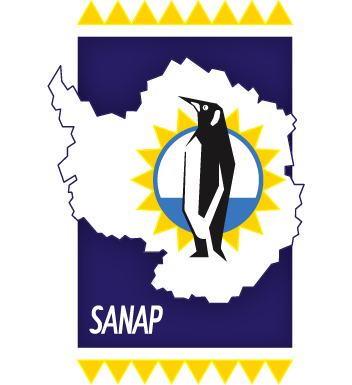

 Department of Environment Forestry and Fisheries : Media Statement – 15 September 2020 : SA Agulhas II will depart for Gough Island under strict health protocols:
Department of Environment Forestry and Fisheries : Media Statement – 15 September 2020 : SA Agulhas II will depart for Gough Island under strict health protocols: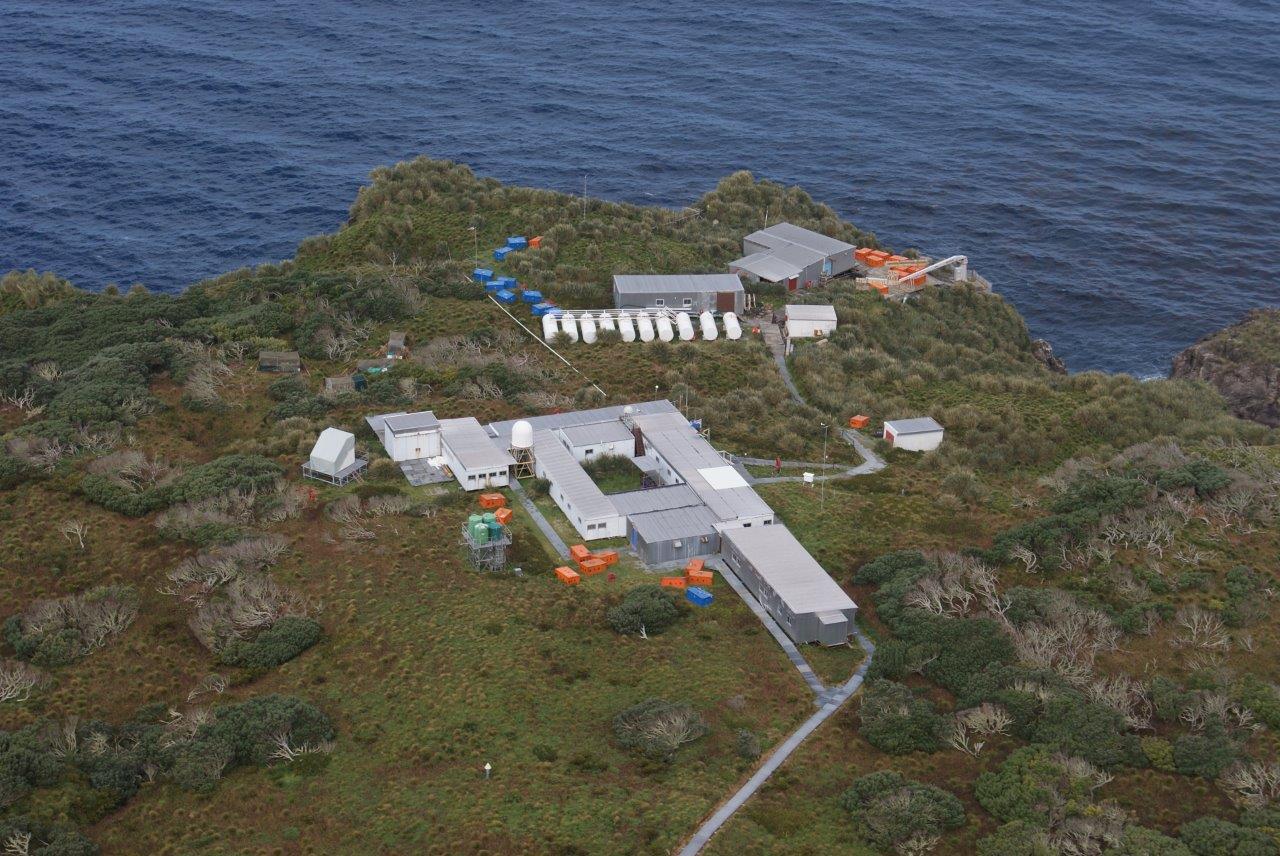 Gough Island, some 2600 km south-west of Cape Town, is very strategic for South Africa’s weather observations and forecasting. The weather data collected at Gough and Marion Islands and at SANAE IV on Antarctica, is important for the navigation of passing vessels, warning South Africa of impending severe weather systems (in the case of Gough Island), as well as providing insight into climate change. These datasets are also key to improving the accuracy of our global and regional weather forecast models.
Gough Island, some 2600 km south-west of Cape Town, is very strategic for South Africa’s weather observations and forecasting. The weather data collected at Gough and Marion Islands and at SANAE IV on Antarctica, is important for the navigation of passing vessels, warning South Africa of impending severe weather systems (in the case of Gough Island), as well as providing insight into climate change. These datasets are also key to improving the accuracy of our global and regional weather forecast models.

 A friend of mine once told me that I am a borne civil servant, and it turns out she was right. Although I got accepted at the
A friend of mine once told me that I am a borne civil servant, and it turns out she was right. Although I got accepted at the 

 (Images L-R: offloading at SANAE depot – SANAE helipad Neumayer delegation – Day trip to Neumayer)
(Images L-R: offloading at SANAE depot – SANAE helipad Neumayer delegation – Day trip to Neumayer)

 (Images L-R: Initiation ceremony onboard the
(Images L-R: Initiation ceremony onboard the 
 Turns out SANAP is my “
Turns out SANAP is my “ When I look back, I realize how lucky I am to be able to draw on a wide range of expertise accumulated over the years. I honestly believe that you can do anything you put your mind to. Many people will insist that one needs to maintain a narrow focus to be successful, but I don’t agree with this view. Many of us have broad interests (this is certainly true for me), and I have lived most of my passions to the fullest. I am particularly proud of so far conquering two of the seven summits. My advice would be to live and pursue all of your interest to the fullest, and then push the boundaries and do even more. (Image left:
When I look back, I realize how lucky I am to be able to draw on a wide range of expertise accumulated over the years. I honestly believe that you can do anything you put your mind to. Many people will insist that one needs to maintain a narrow focus to be successful, but I don’t agree with this view. Many of us have broad interests (this is certainly true for me), and I have lived most of my passions to the fullest. I am particularly proud of so far conquering two of the seven summits. My advice would be to live and pursue all of your interest to the fullest, and then push the boundaries and do even more. (Image left:  Currently I live and work in Johannesburg, and under the supervision of
Currently I live and work in Johannesburg, and under the supervision of 


 In 2017, I assisted National Geographic photographer Thomas Peschak on a shoot to document Marion Island’s incredible seabird diversity, during which we received enormous support from SANAP. Images from the trip were published in the July 2018 issue of
In 2017, I assisted National Geographic photographer Thomas Peschak on a shoot to document Marion Island’s incredible seabird diversity, during which we received enormous support from SANAP. Images from the trip were published in the July 2018 issue of 

 (Images during 2011/2012 on Marion Island. L-R: Ice Plateau, Amphitheatre, Mascarin Summit)I have also really enjoyed being able to share my images and
(Images during 2011/2012 on Marion Island. L-R: Ice Plateau, Amphitheatre, Mascarin Summit)I have also really enjoyed being able to share my images and 








 “World Heritage Day or the International Day of Monuments and Sites has always been an occasion to reflect upon – and often visit – heritage sites that are important to us. This year, during the Covid-19 crisis, most of us can only enjoy our heritage online, through virtual visits and tours, as well as social media posts.” – UNESCO (Visit the ALSA archive and the
“World Heritage Day or the International Day of Monuments and Sites has always been an occasion to reflect upon – and often visit – heritage sites that are important to us. This year, during the Covid-19 crisis, most of us can only enjoy our heritage online, through virtual visits and tours, as well as social media posts.” – UNESCO (Visit the ALSA archive and the 


 The Gough and Inaccessible Islands World Heritage Site Management Plan focuses on identifying priority actions for the conservation of the property over a five year period, and does not supersede the two existing Management Plans for Gough and Inaccessible Islands. Separate zoning strategies for Gough and Inaccessible Islands have been developed. On Gough, there are Logistic, Marine, Scientific research, and Conservation zones; on Inaccessible there are Accommodation, Natural, Wilderness, and Marine zones. Within these various areas, defined in detail in the respective Management Plans, certain activities are constrained or allowed. A single zoning strategy is needed covering the whole World Heritage property, including the marine area. –
The Gough and Inaccessible Islands World Heritage Site Management Plan focuses on identifying priority actions for the conservation of the property over a five year period, and does not supersede the two existing Management Plans for Gough and Inaccessible Islands. Separate zoning strategies for Gough and Inaccessible Islands have been developed. On Gough, there are Logistic, Marine, Scientific research, and Conservation zones; on Inaccessible there are Accommodation, Natural, Wilderness, and Marine zones. Within these various areas, defined in detail in the respective Management Plans, certain activities are constrained or allowed. A single zoning strategy is needed covering the whole World Heritage property, including the marine area. –

 The site, located in the south Atlantic, is one of the least-disrupted island and marine ecosystems in the cool temperate zone. The spectacular cliffs of Gough, towering above the ocean, are home to one of the world’s largest colonies of sea birds. Gough Island is home to two endemic species of land birds, the Gallinule Comeri (Gough Moorhen-below left)and the Gough Rowettia Goughhensis (Gough Finch- below middle,right), as well as to 12 endemic species of plants.
The site, located in the south Atlantic, is one of the least-disrupted island and marine ecosystems in the cool temperate zone. The spectacular cliffs of Gough, towering above the ocean, are home to one of the world’s largest colonies of sea birds. Gough Island is home to two endemic species of land birds, the Gallinule Comeri (Gough Moorhen-below left)and the Gough Rowettia Goughhensis (Gough Finch- below middle,right), as well as to 12 endemic species of plants.


 Its position in the path of cold fronts generated in the far Southern Ocean and on their way to South Africa has meant that the conditions experienced at Gough Island serve as an early warning for those that can be expected in South Africa and along the Cape sea route. for this reason, a South African meteorological station has been maintained at the island in an agreement reached with the administration of Tristan da Cunha. From: “Gough Island; a Natural history” by C Hanel, SL Chown and KJ Gaston
Its position in the path of cold fronts generated in the far Southern Ocean and on their way to South Africa has meant that the conditions experienced at Gough Island serve as an early warning for those that can be expected in South Africa and along the Cape sea route. for this reason, a South African meteorological station has been maintained at the island in an agreement reached with the administration of Tristan da Cunha. From: “Gough Island; a Natural history” by C Hanel, SL Chown and KJ Gaston
